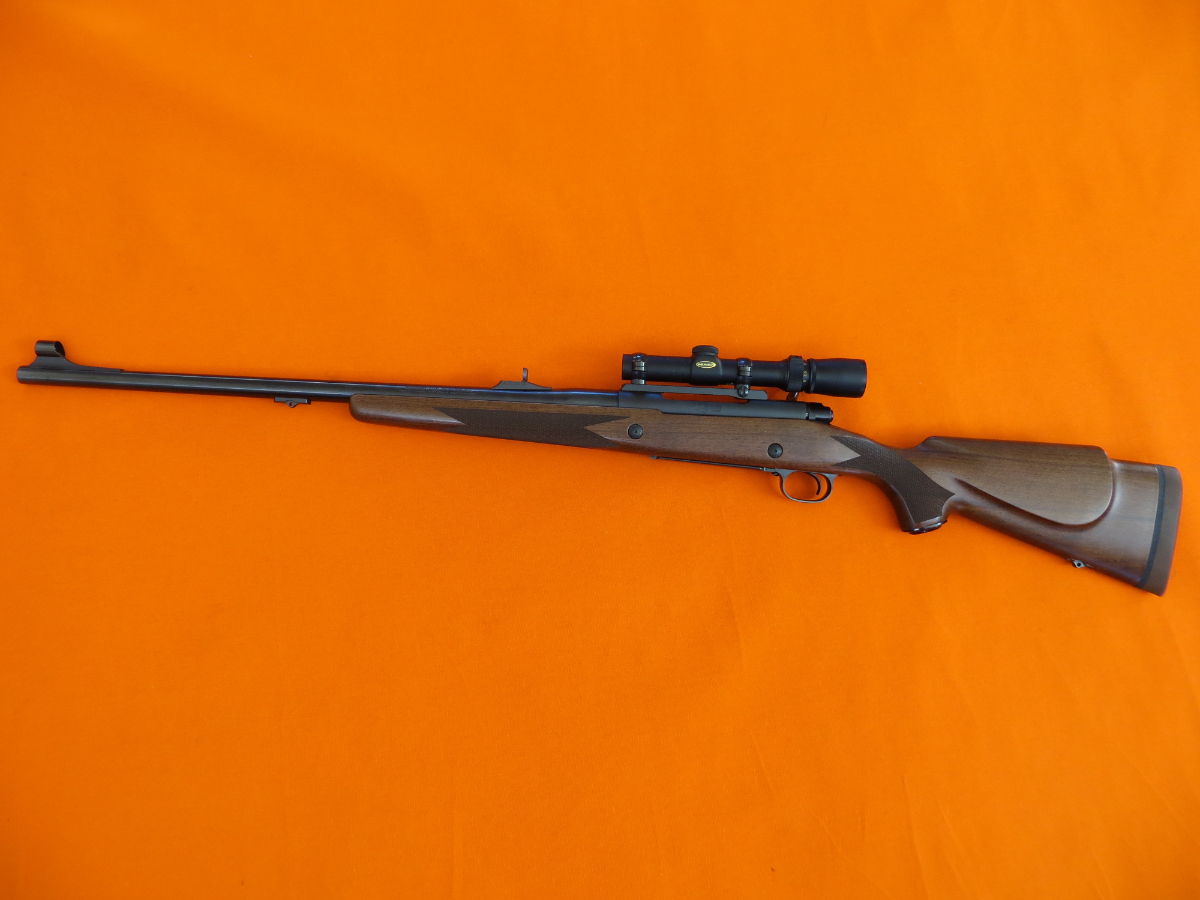
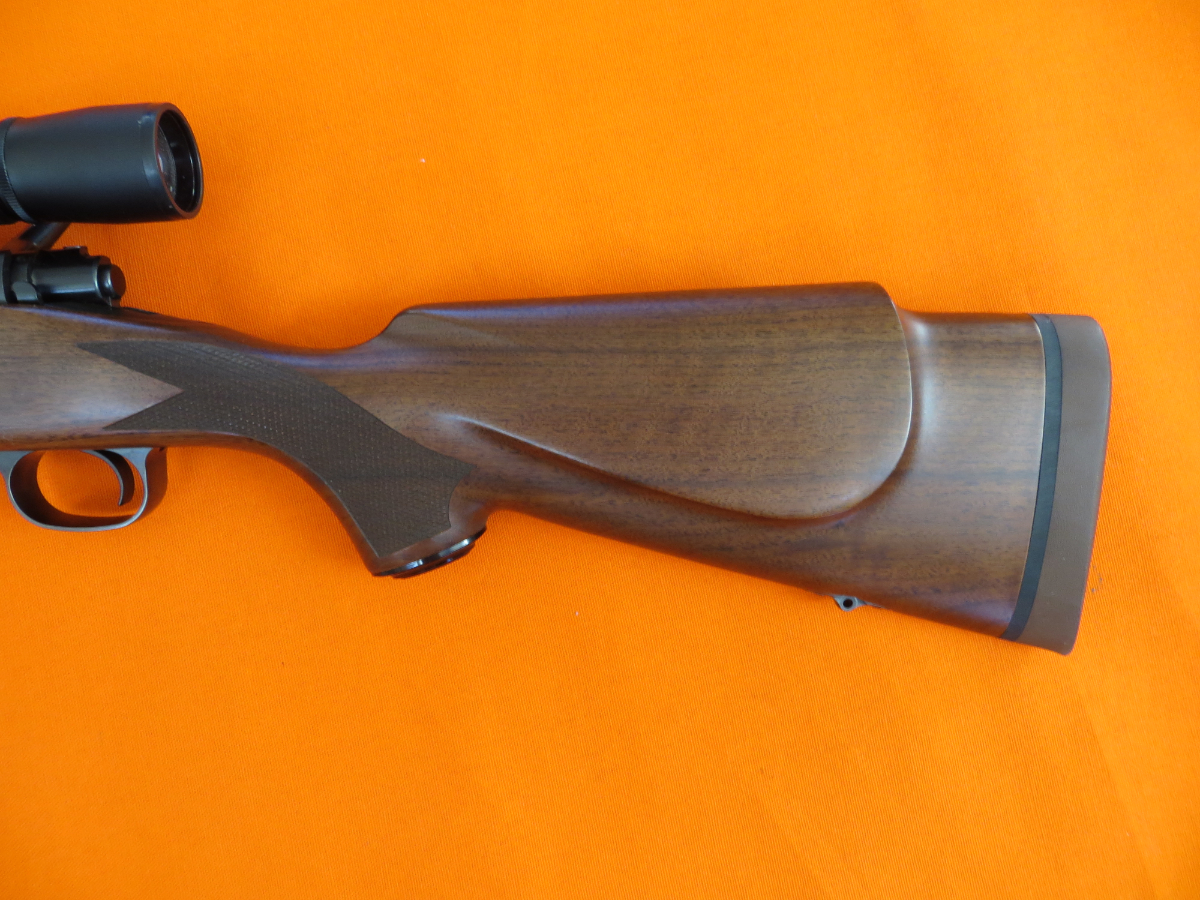
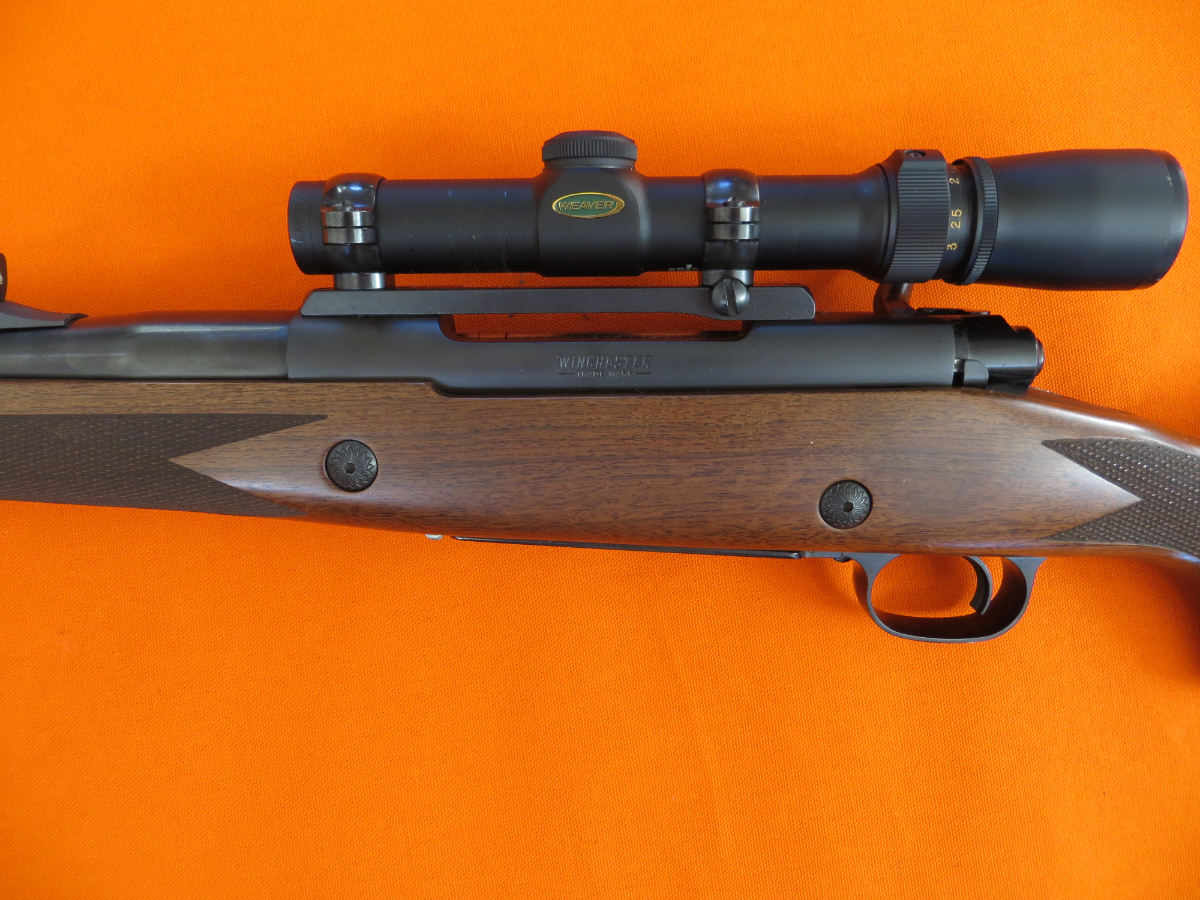
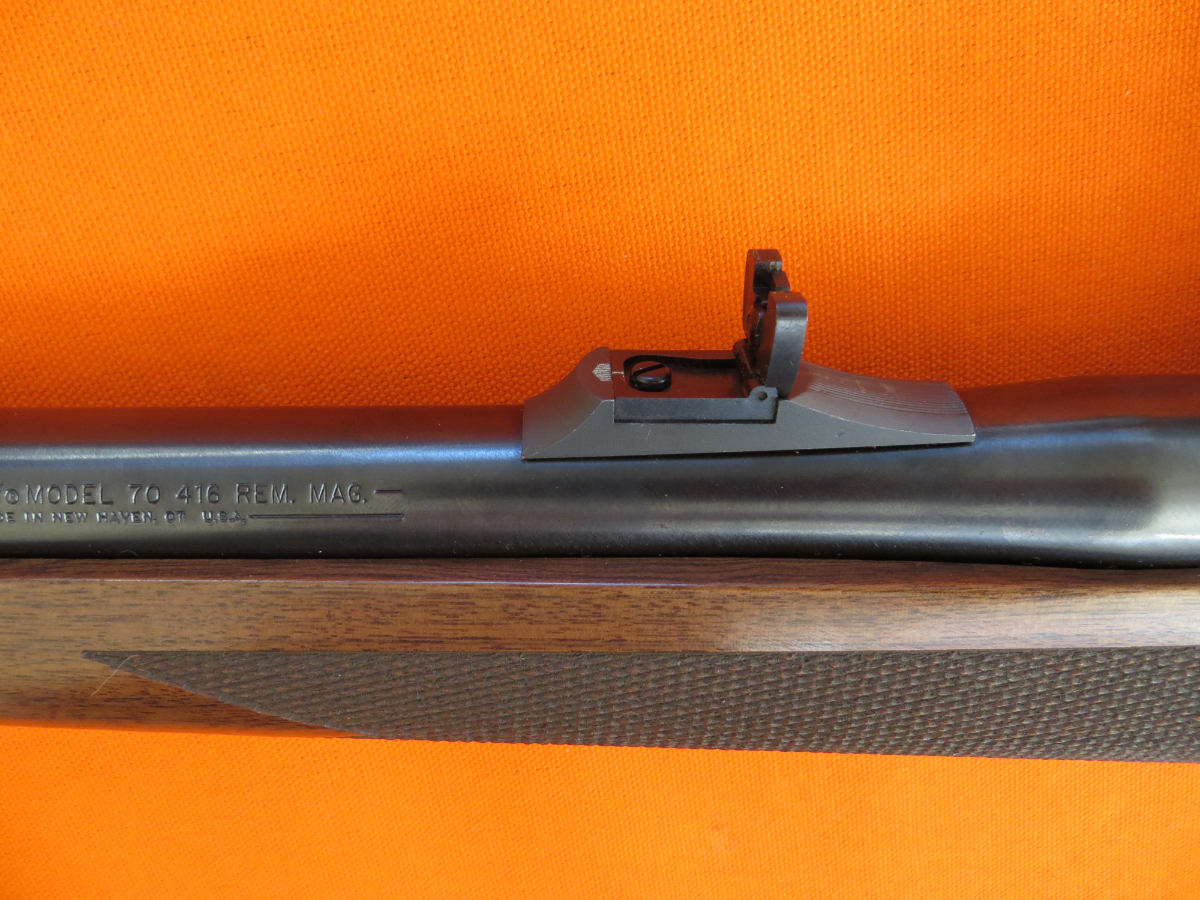
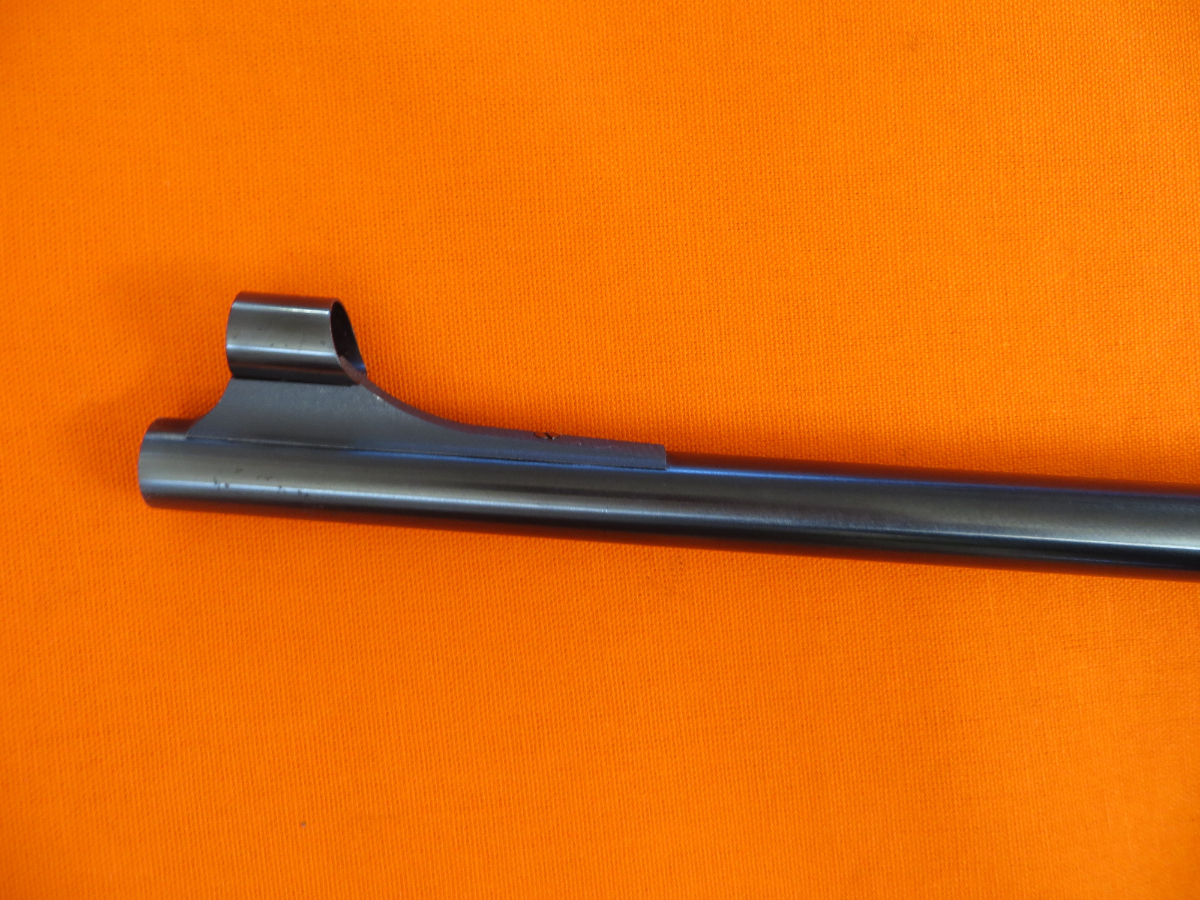
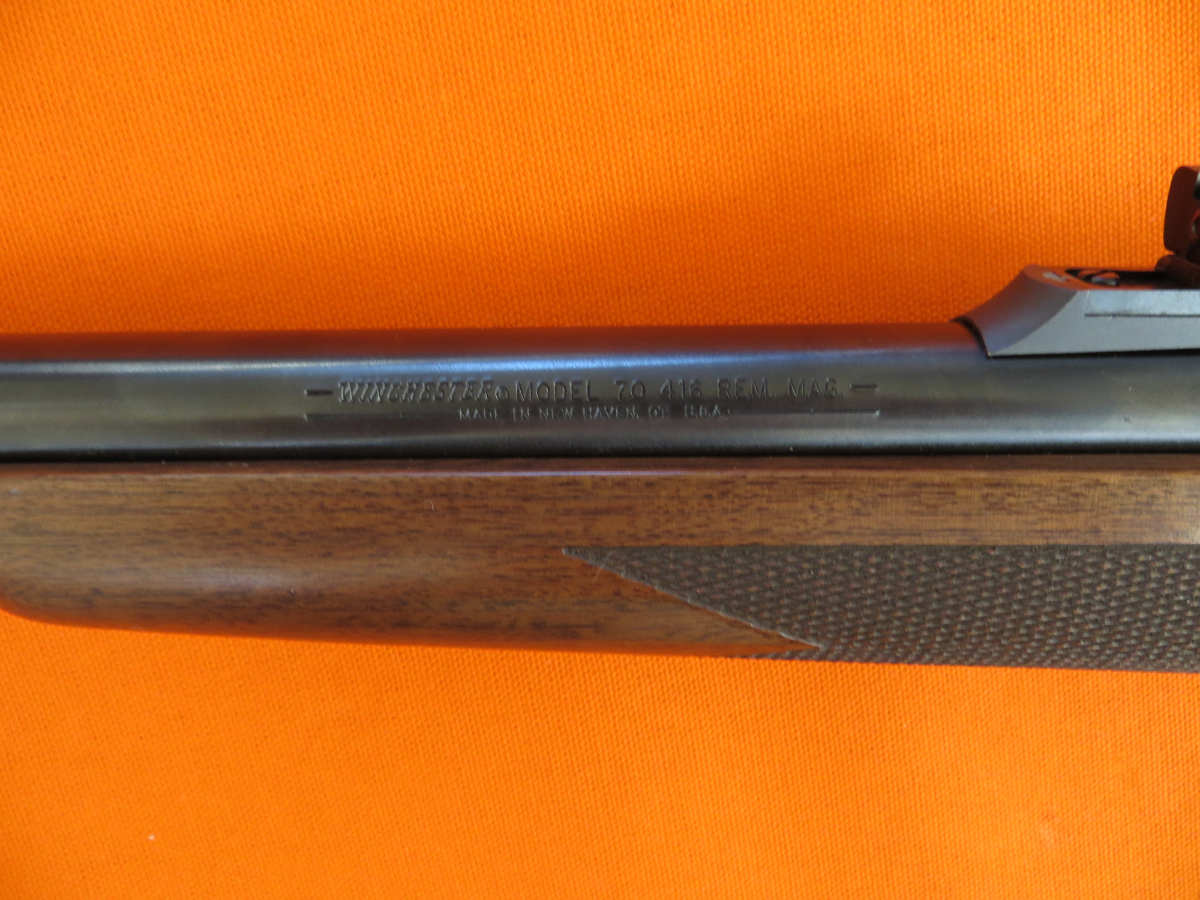

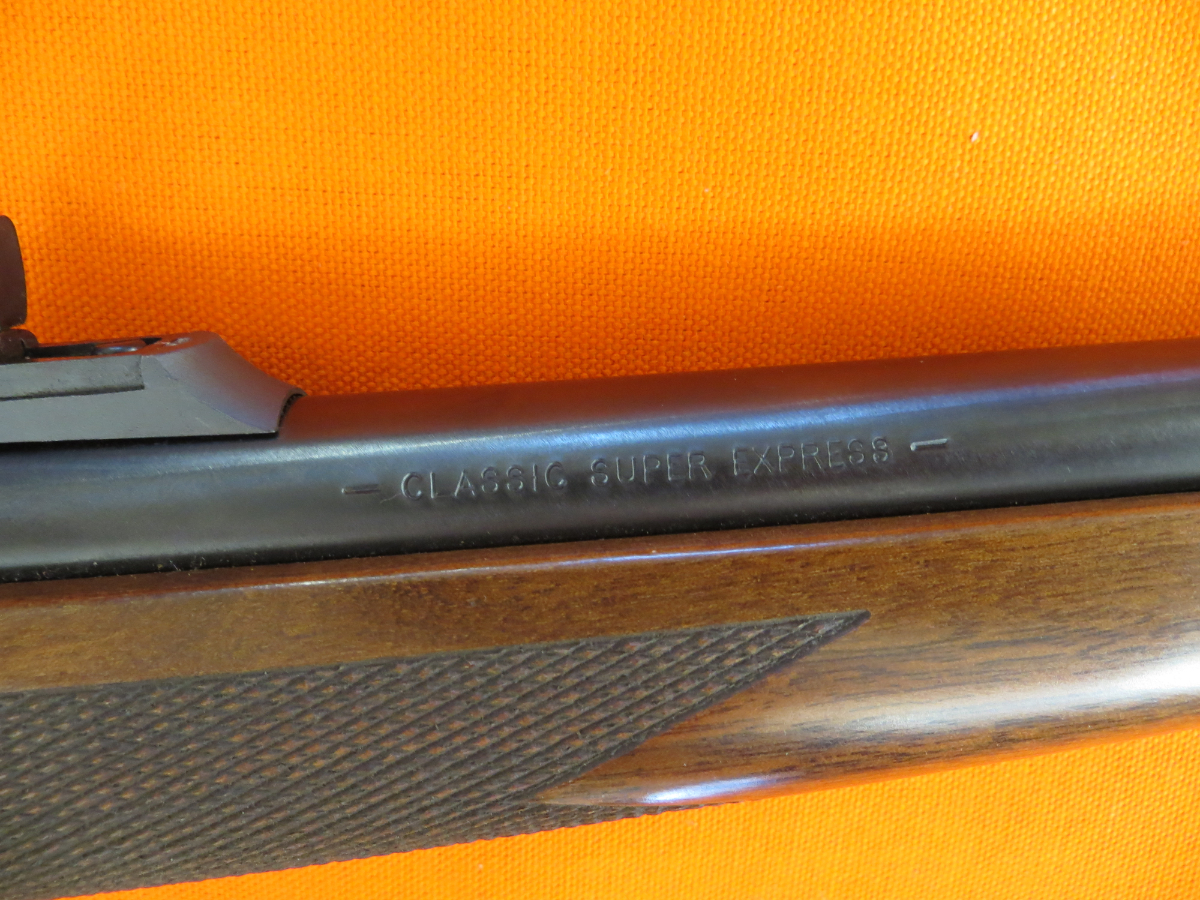
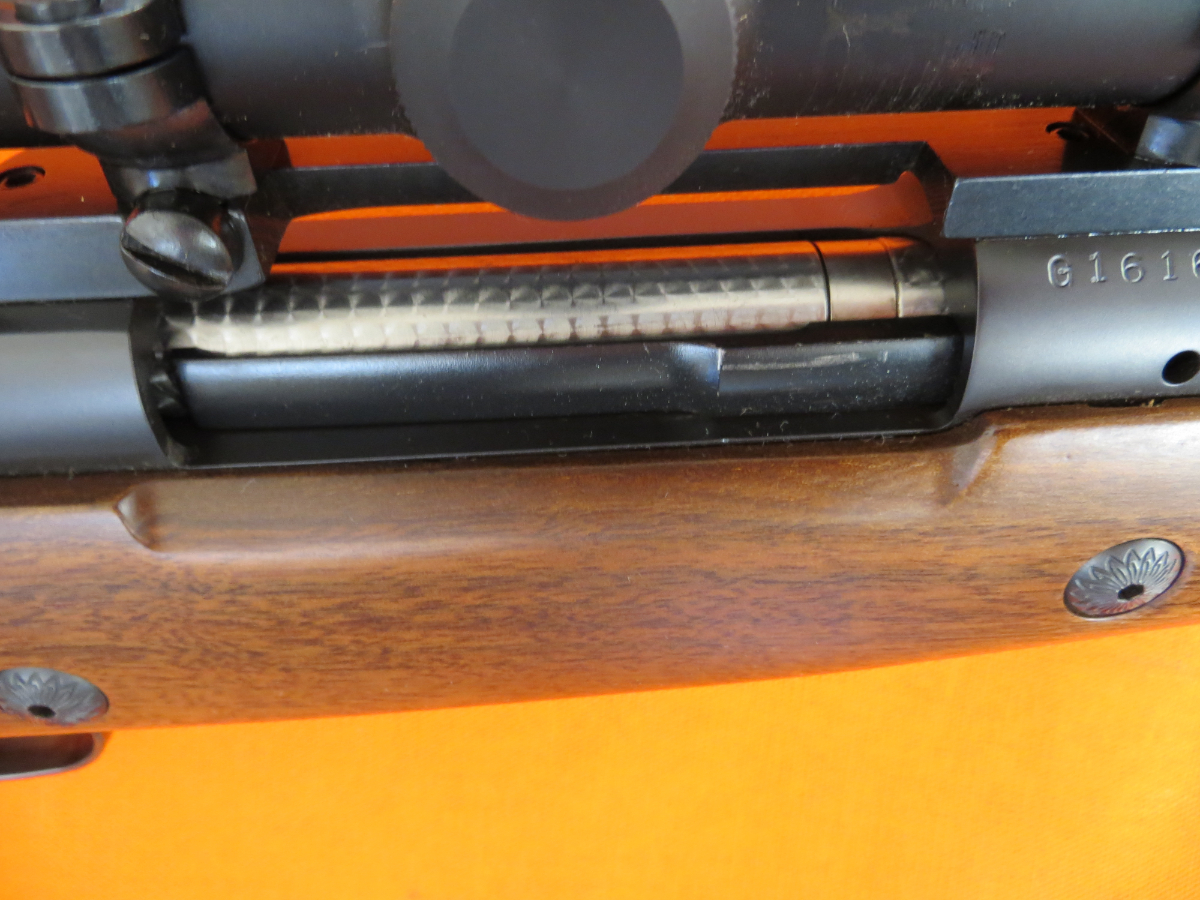
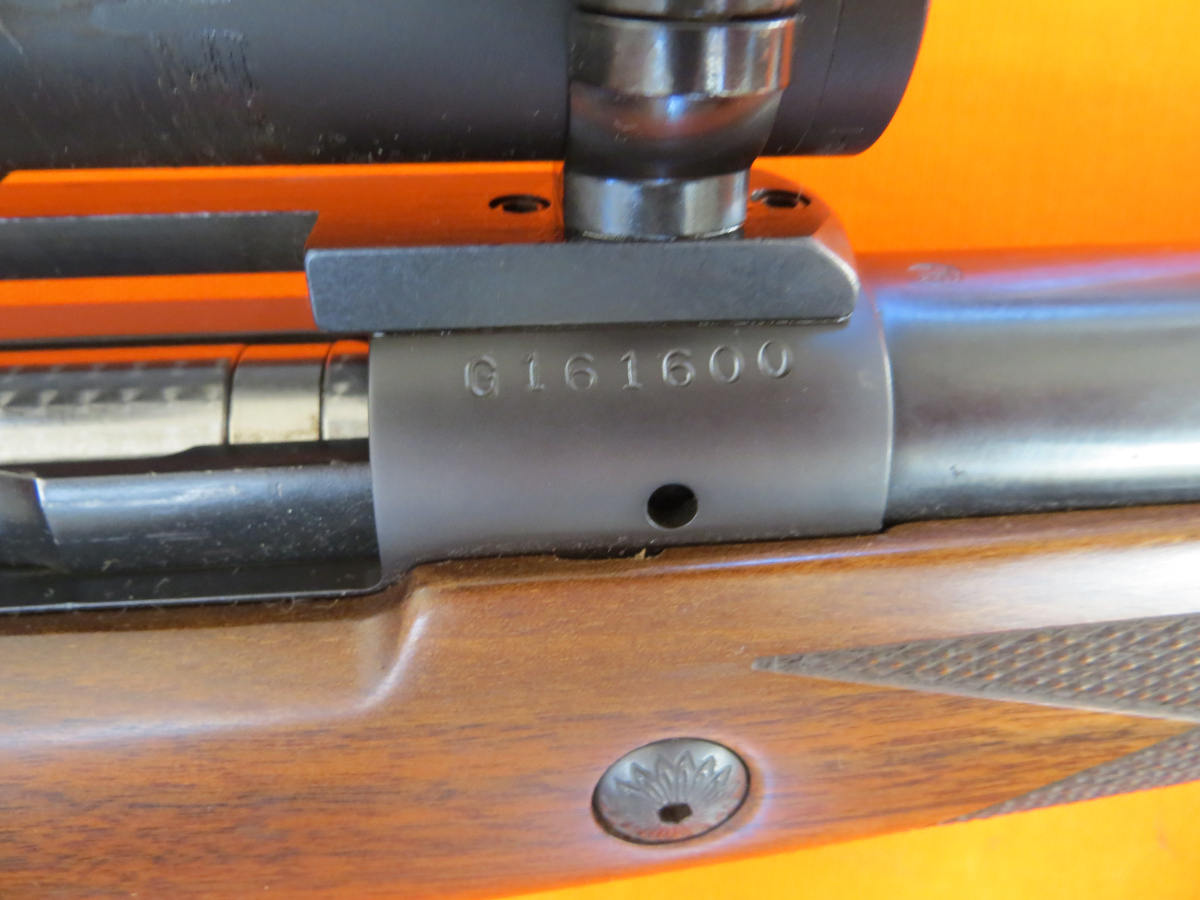
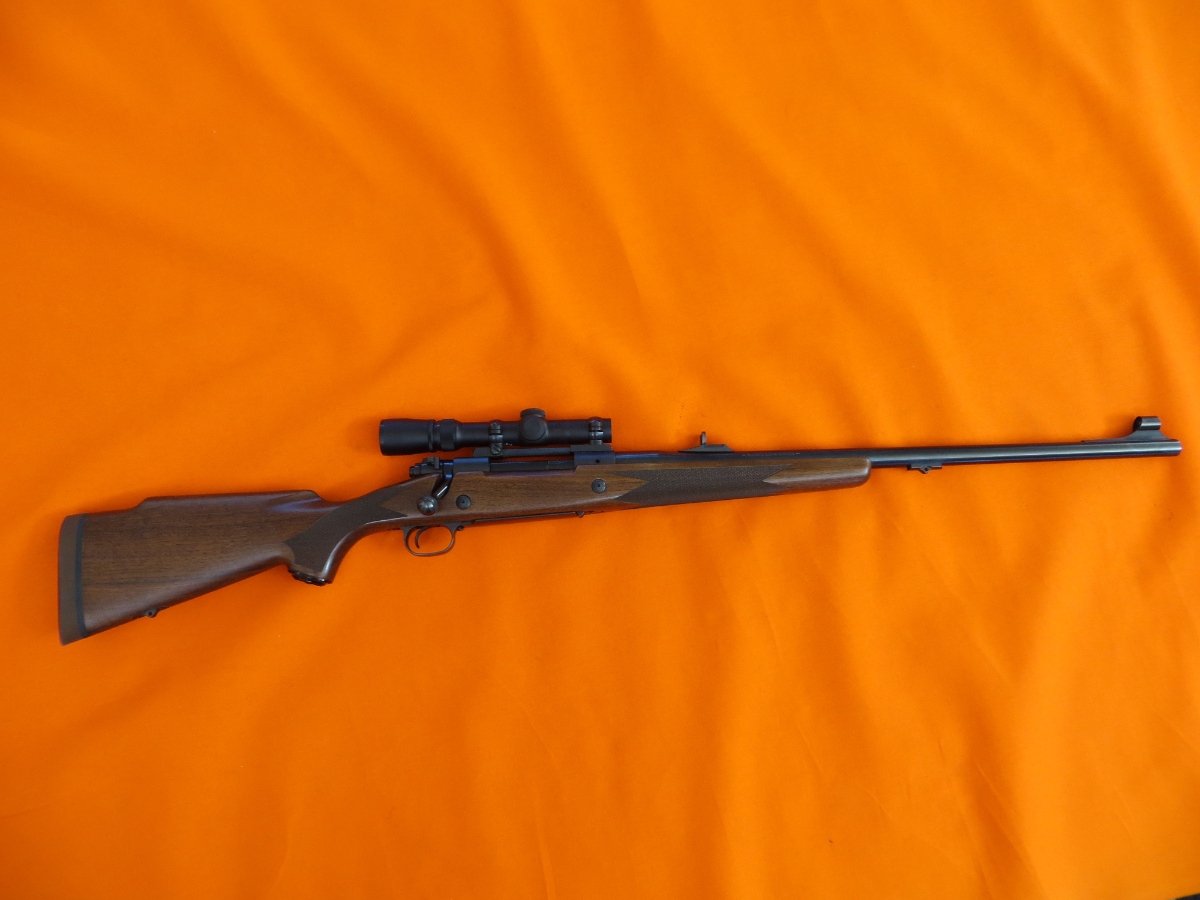
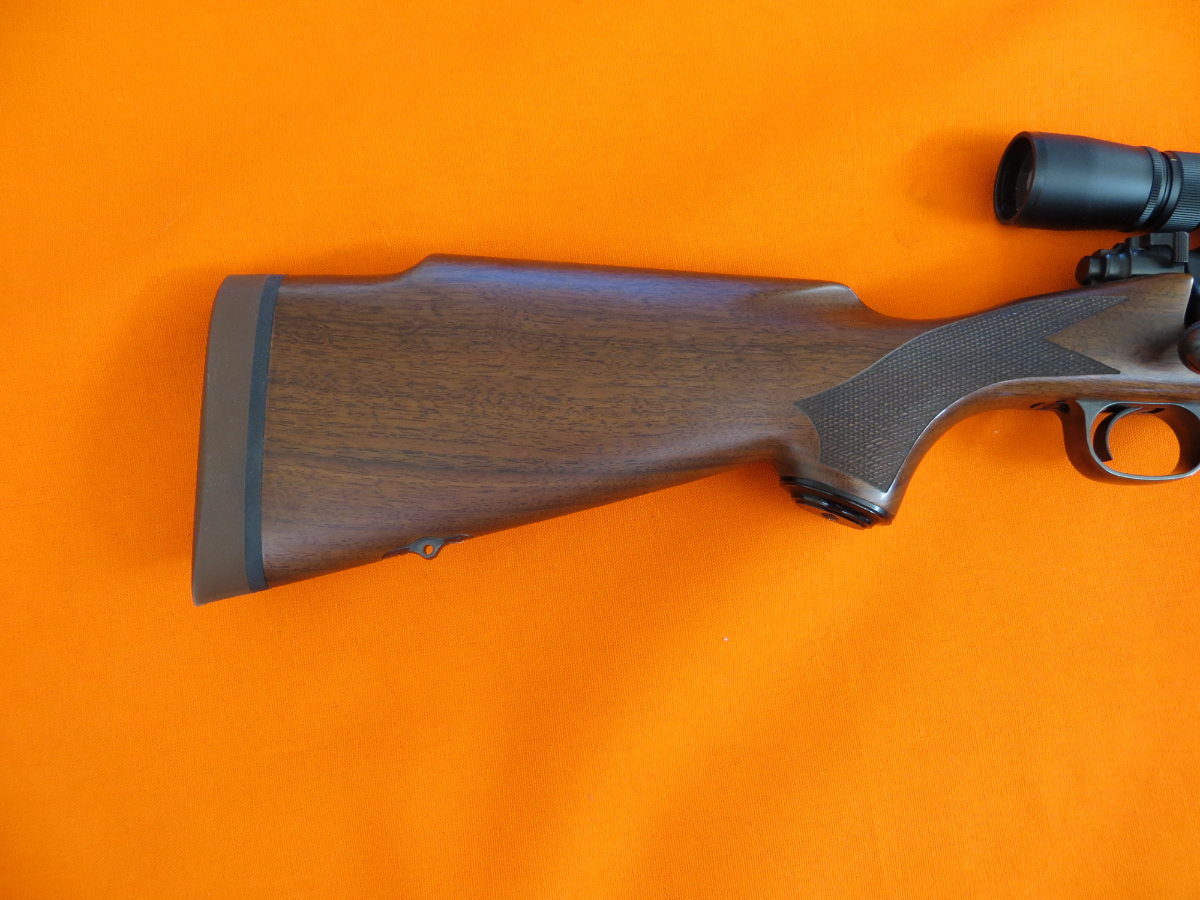
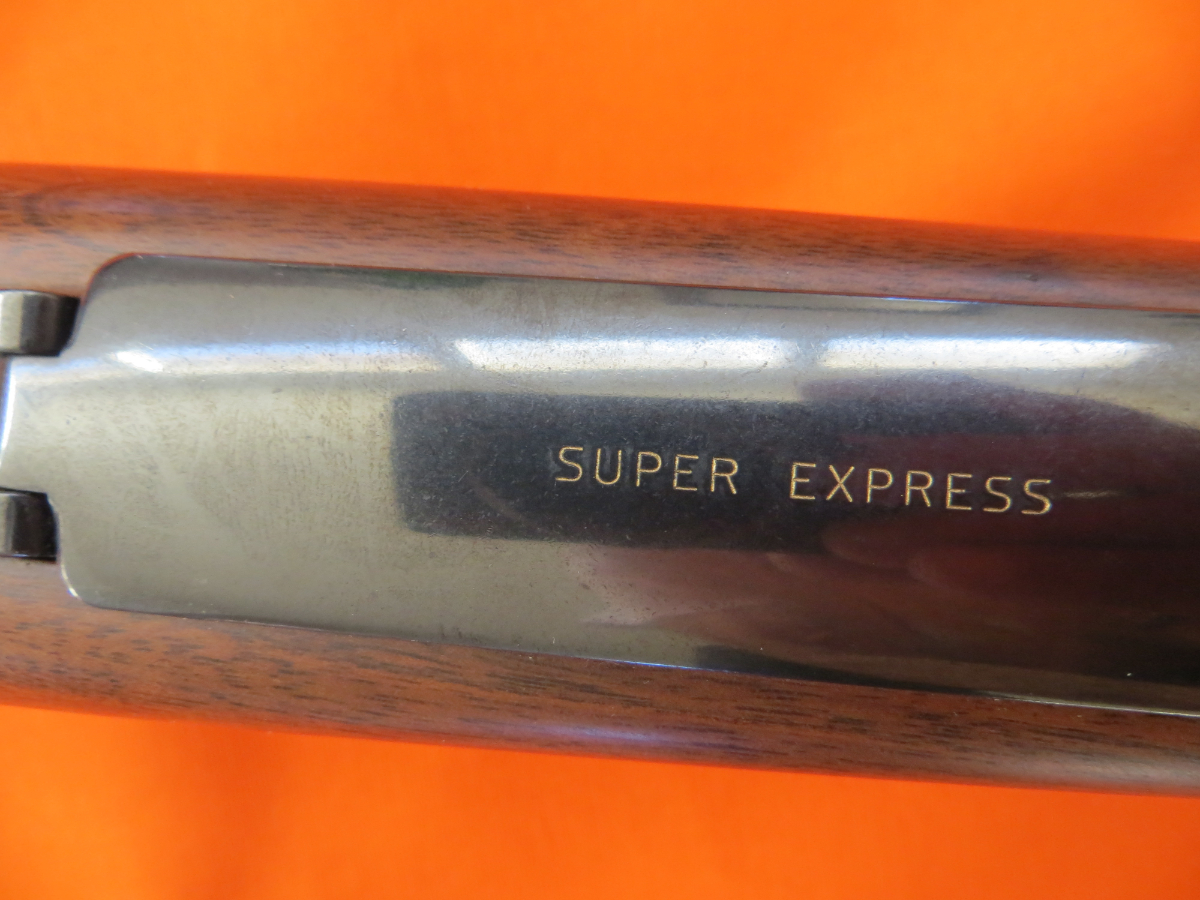
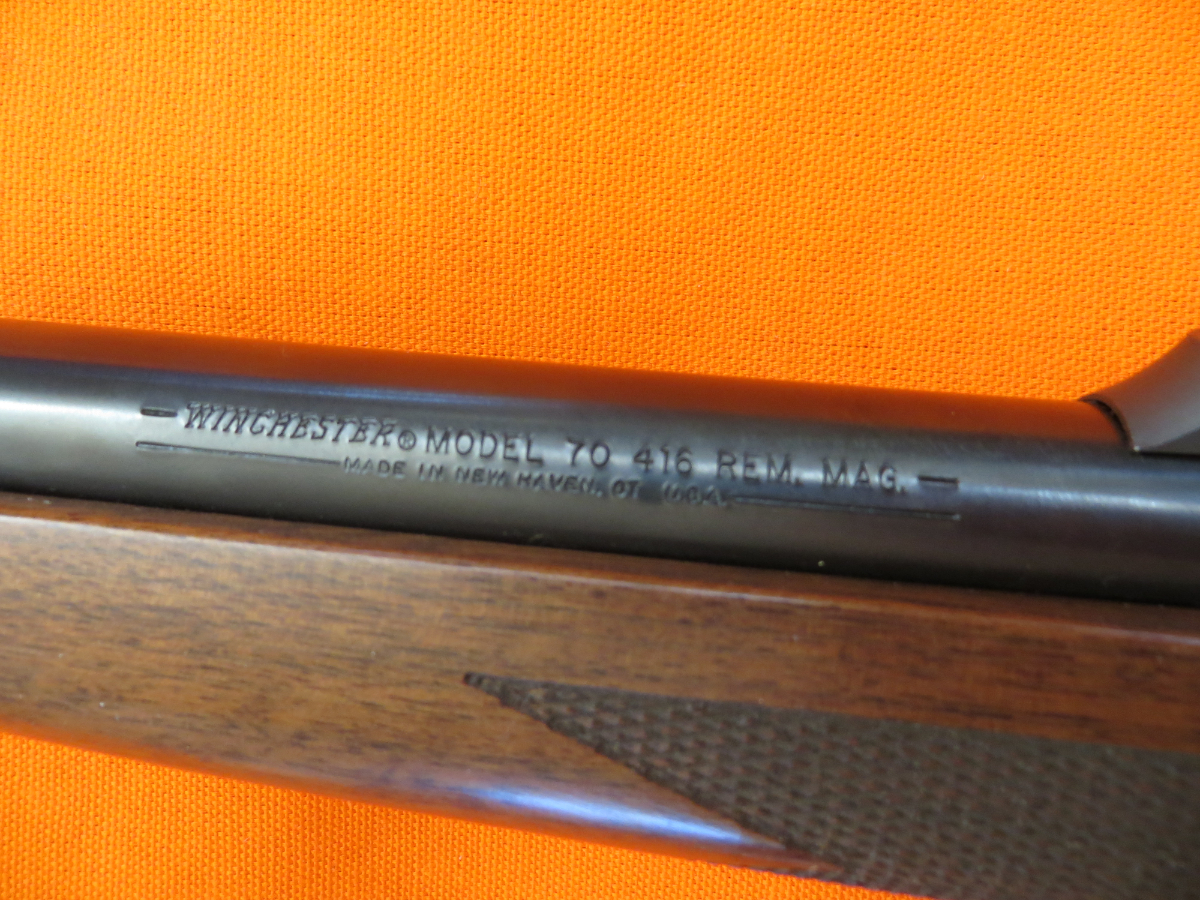
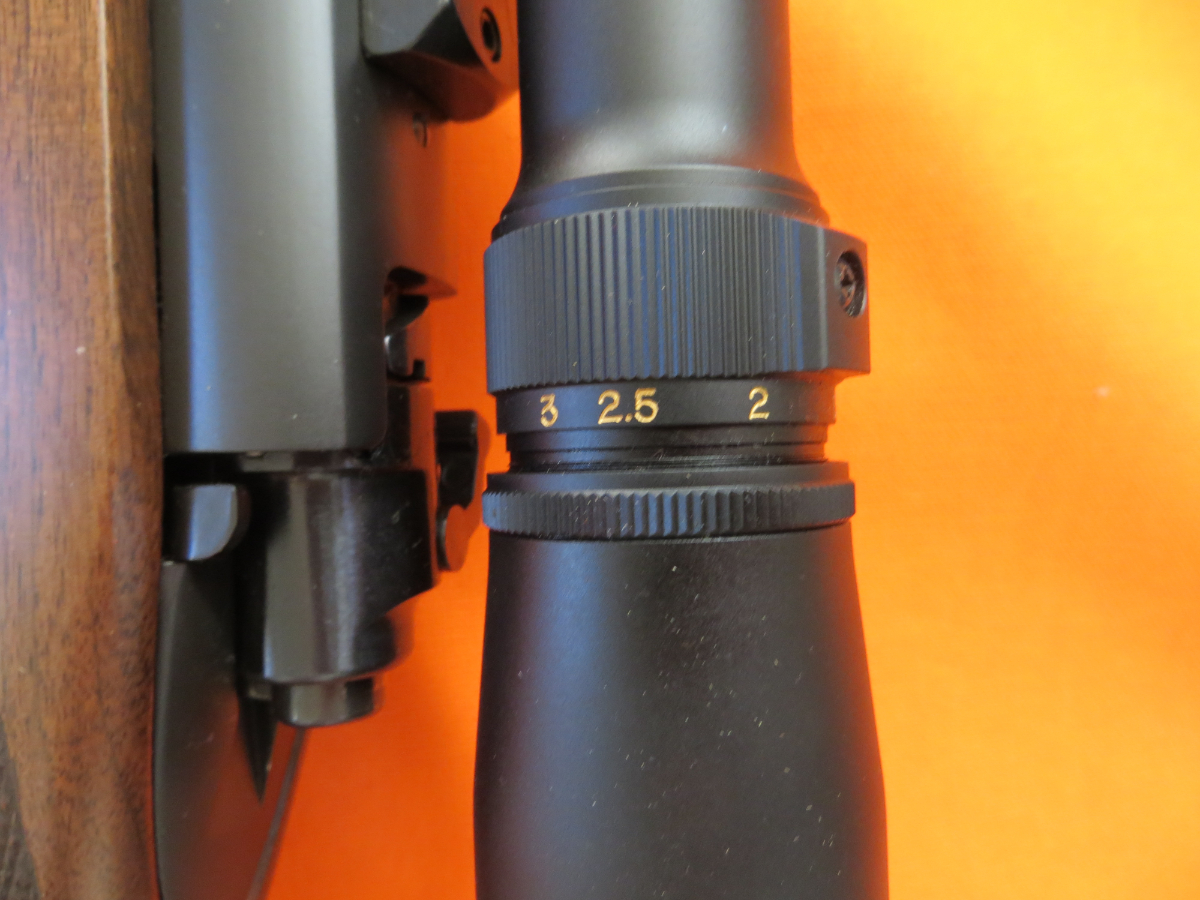
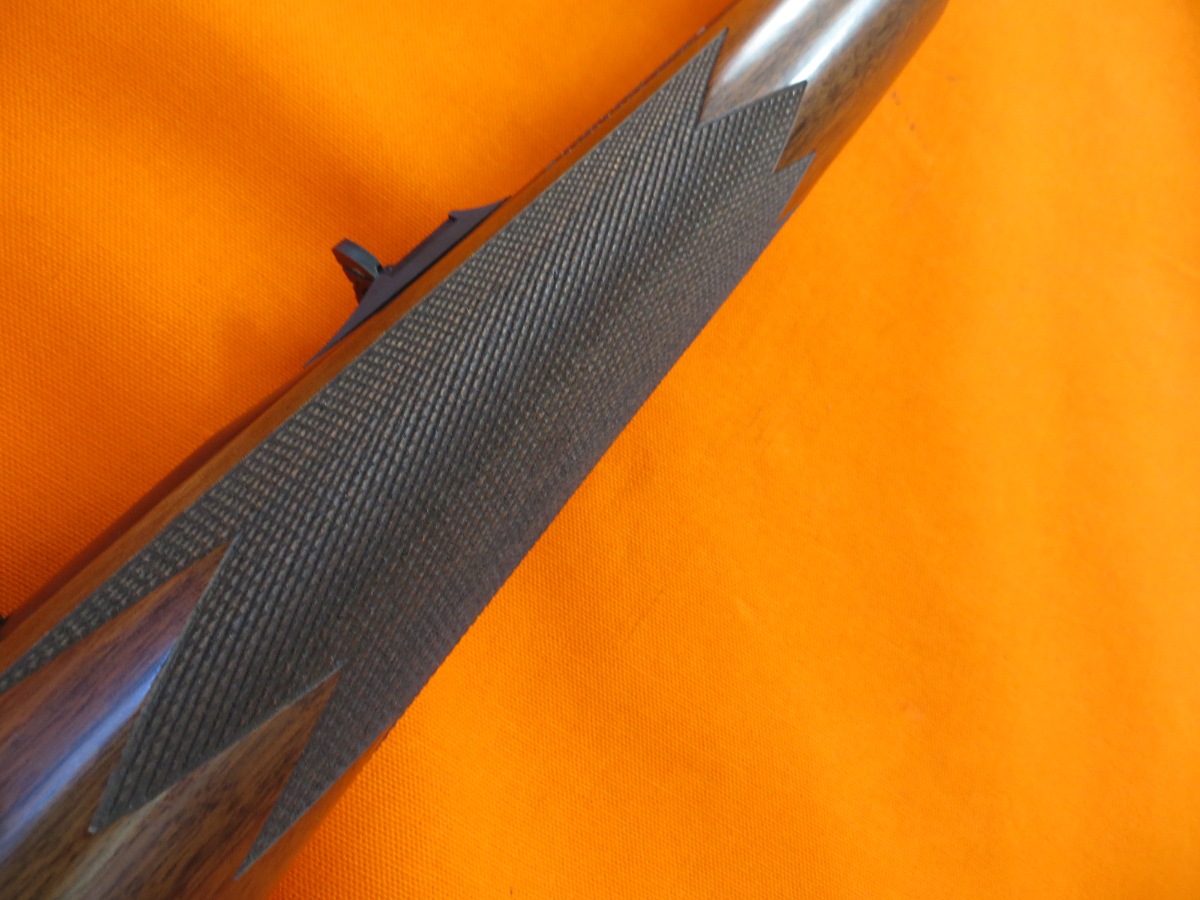
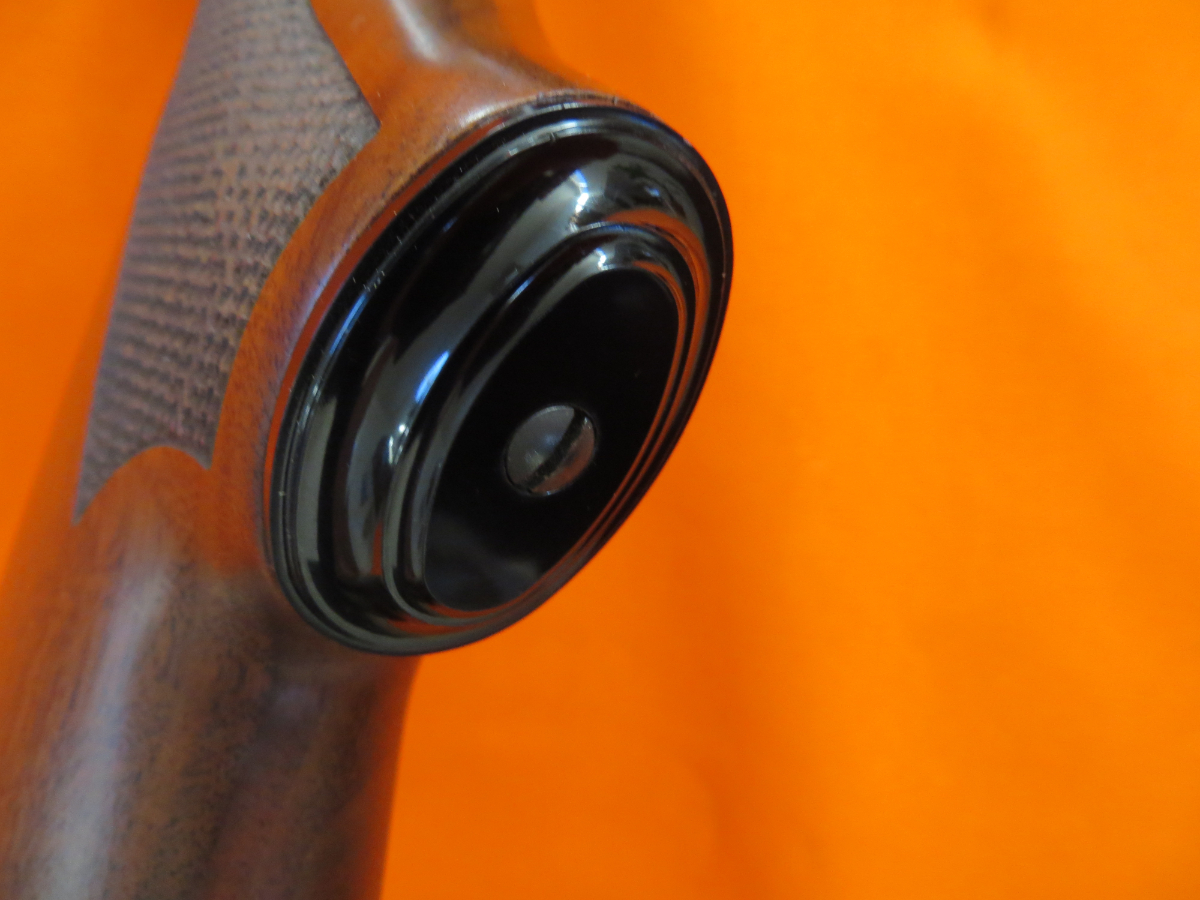
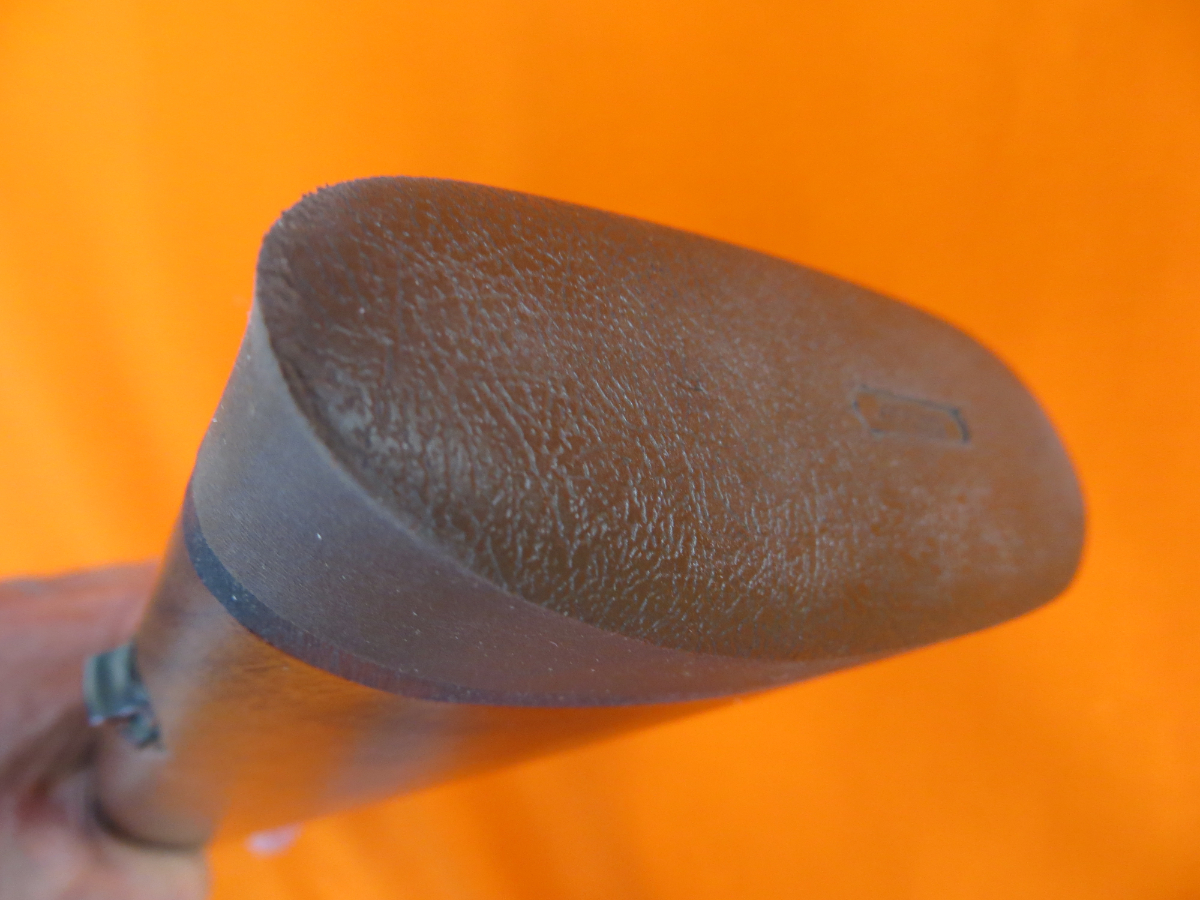
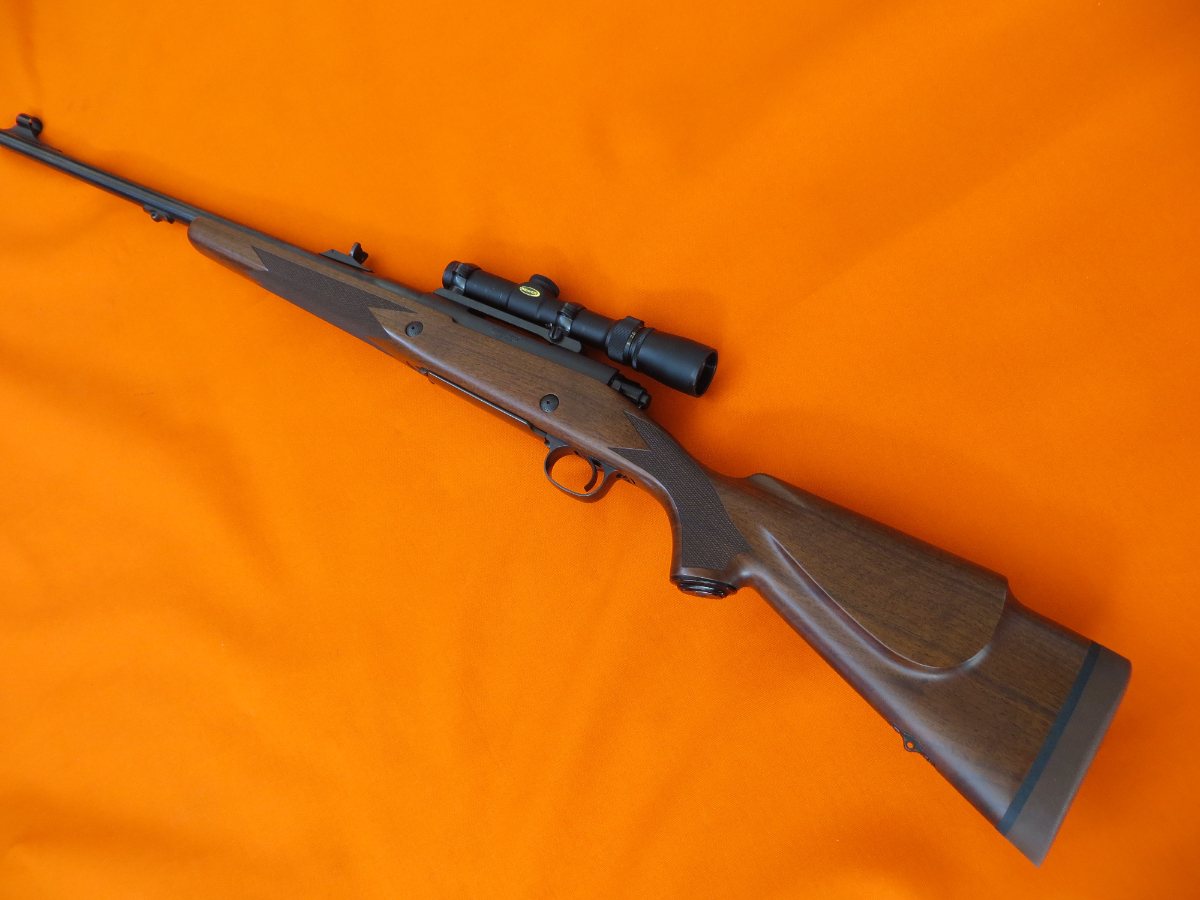
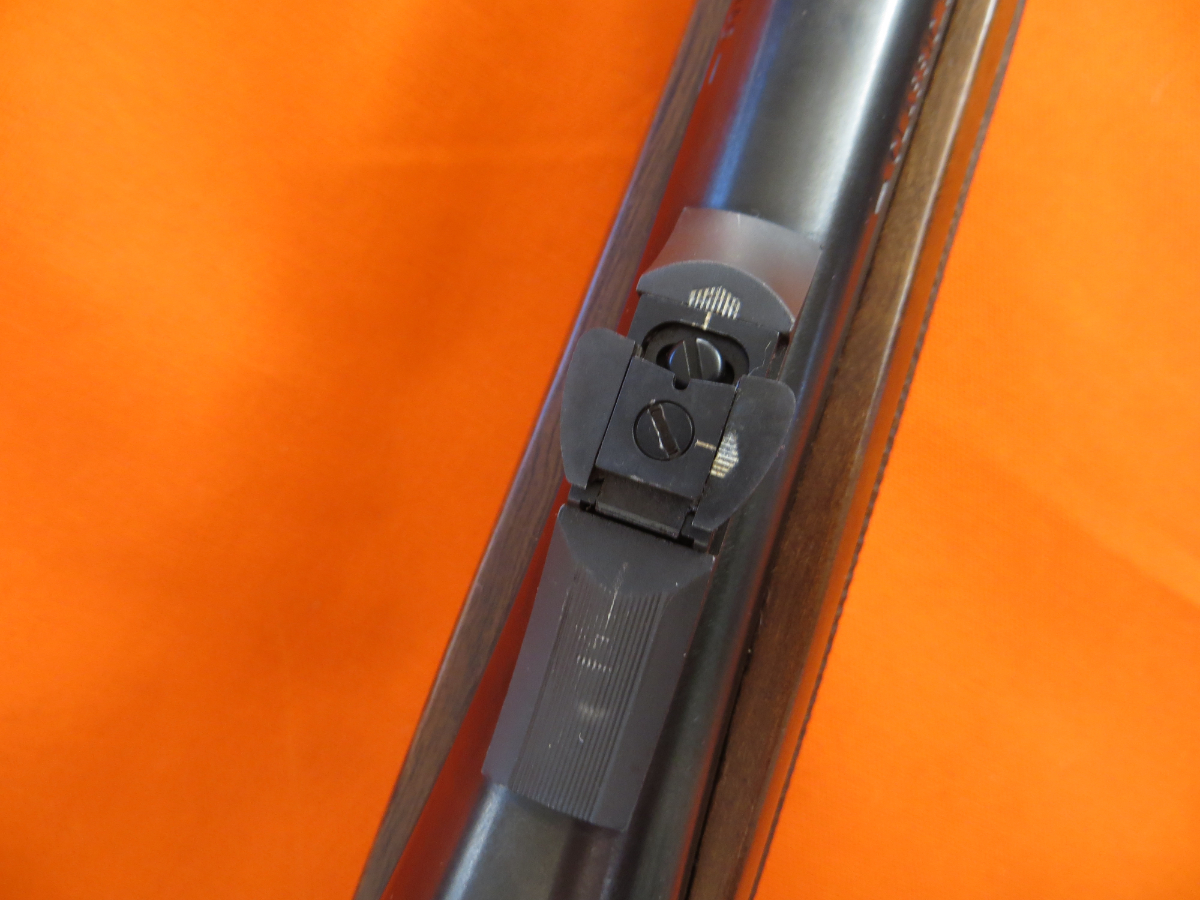
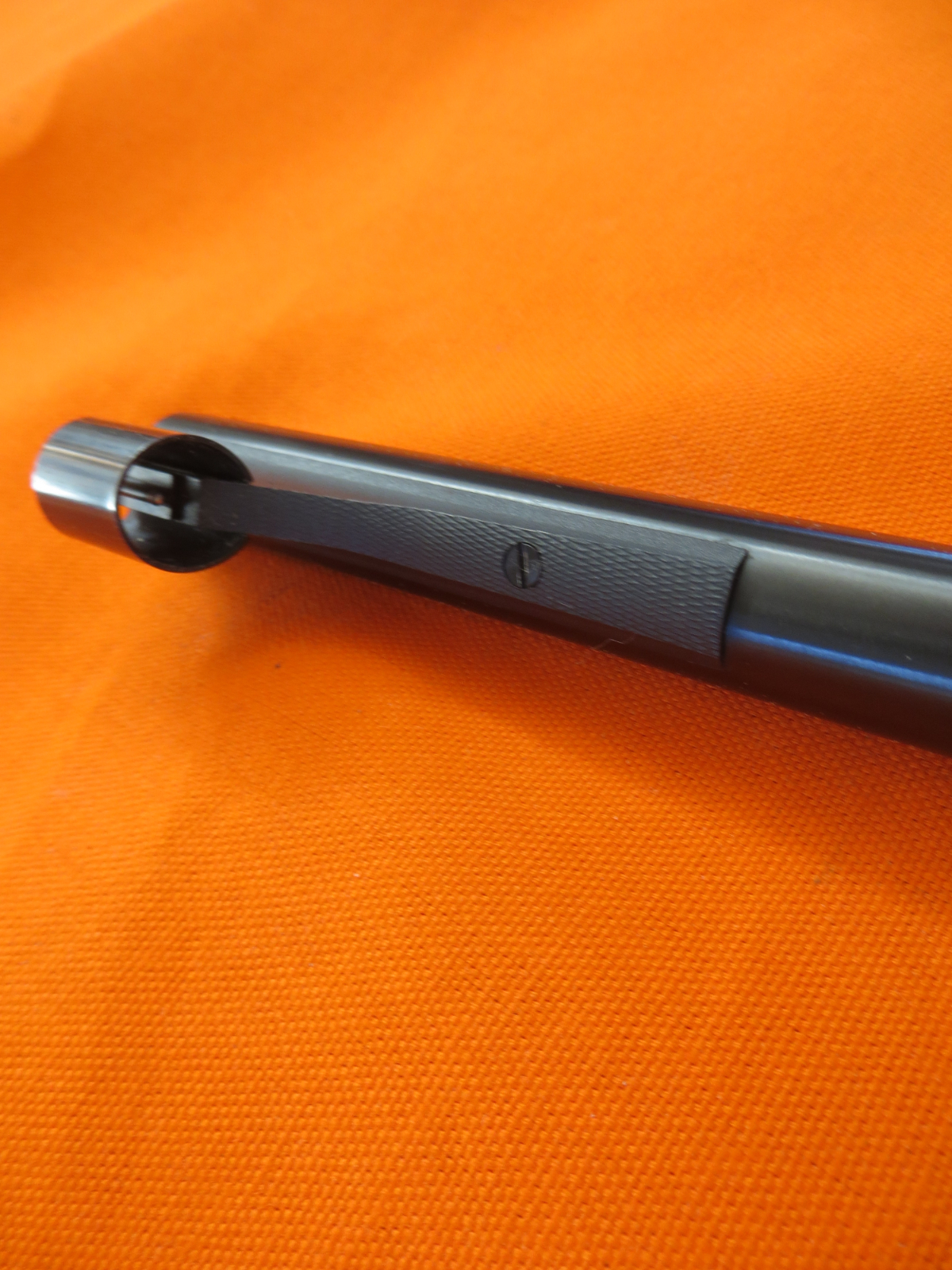
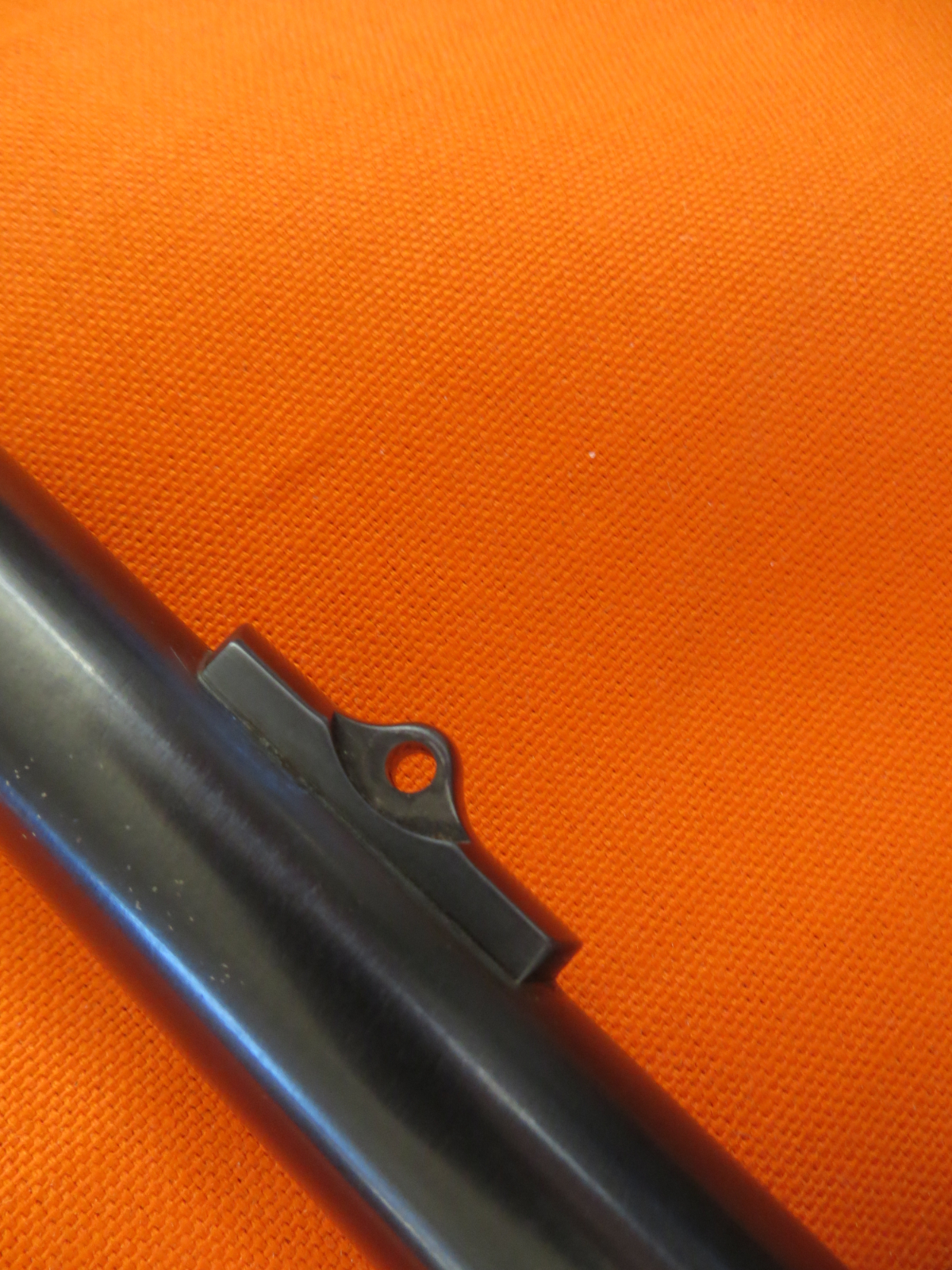
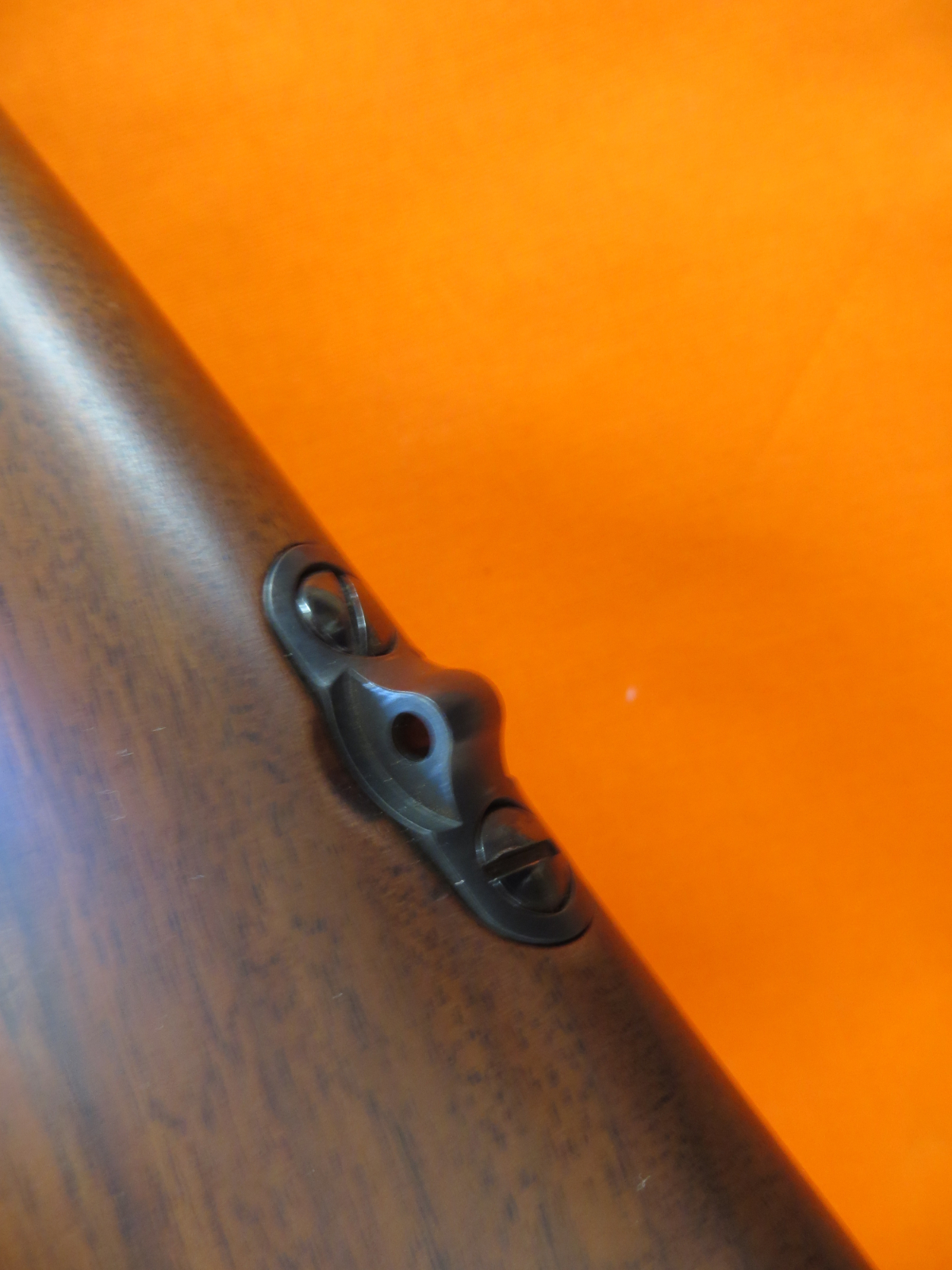























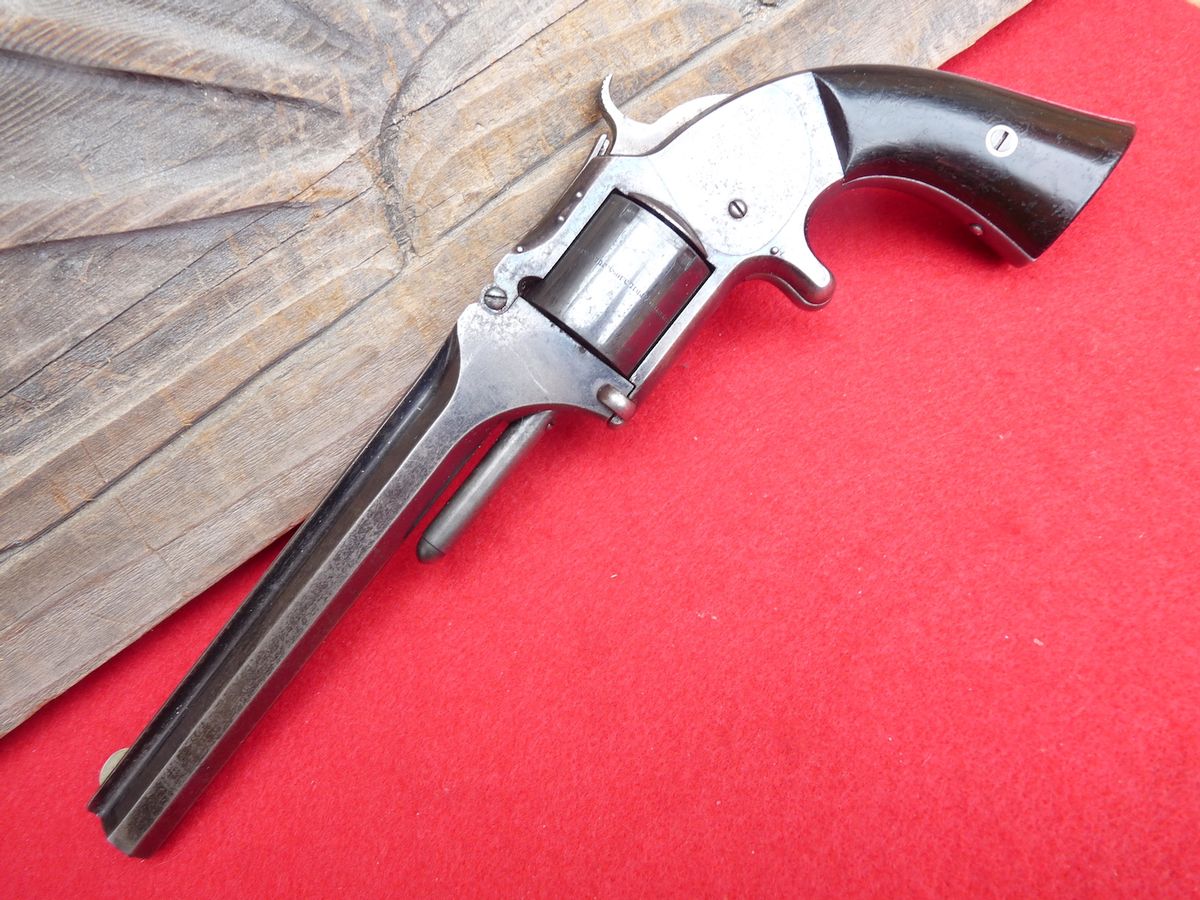
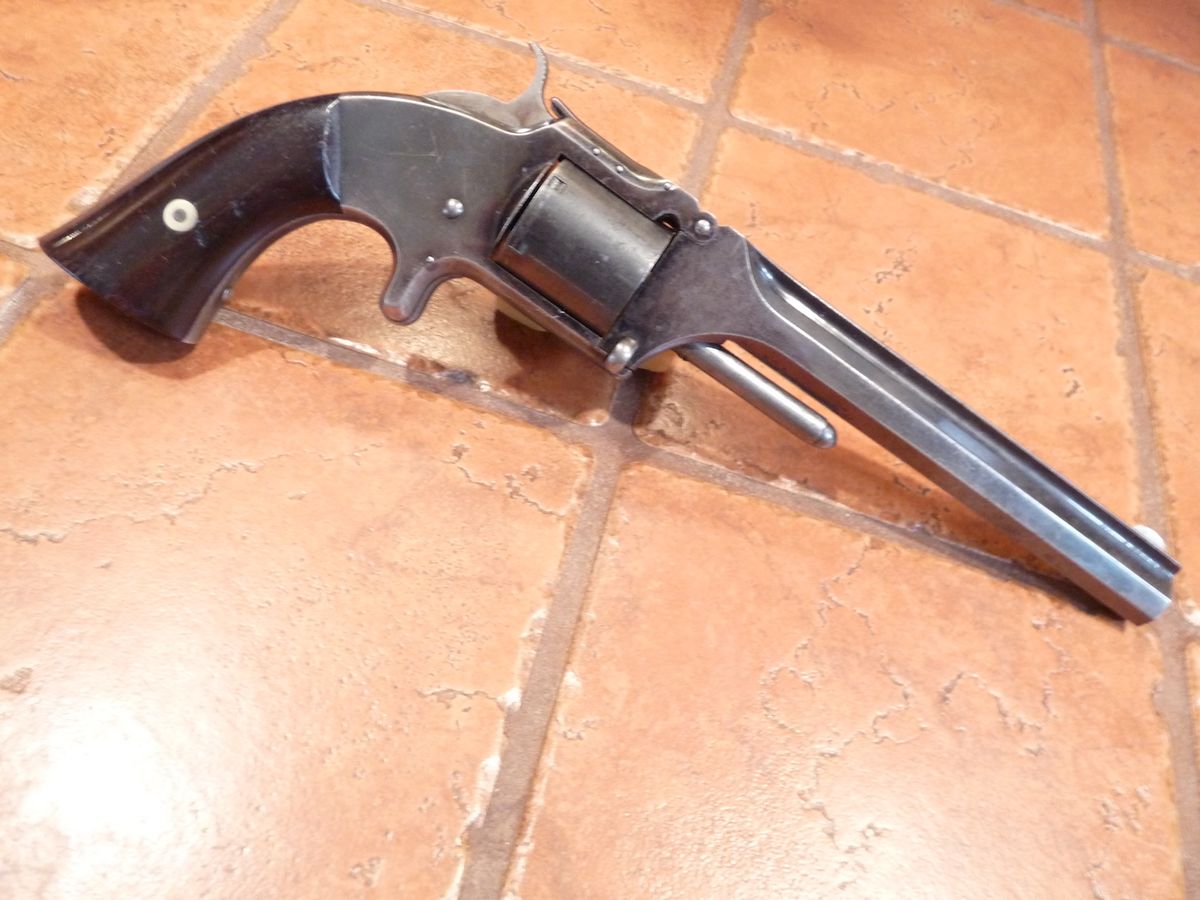
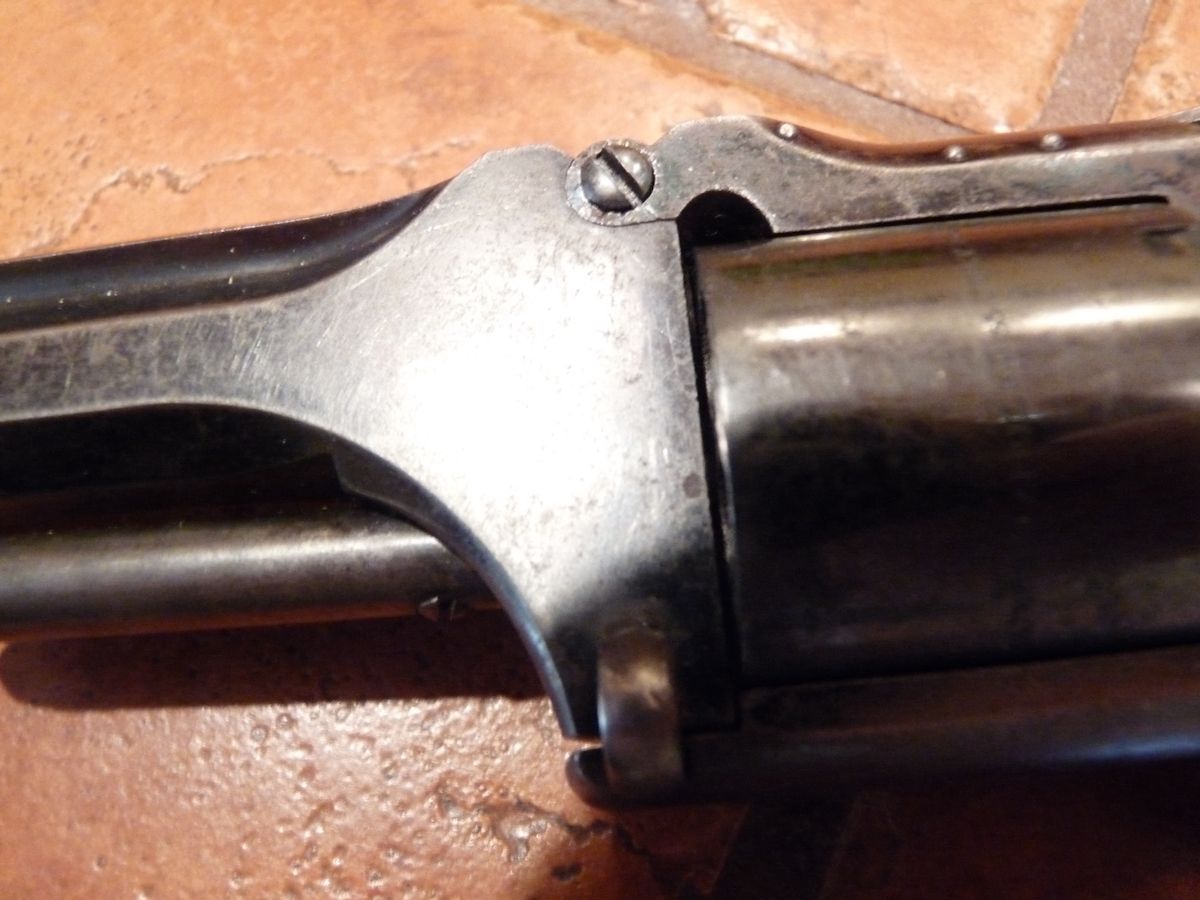
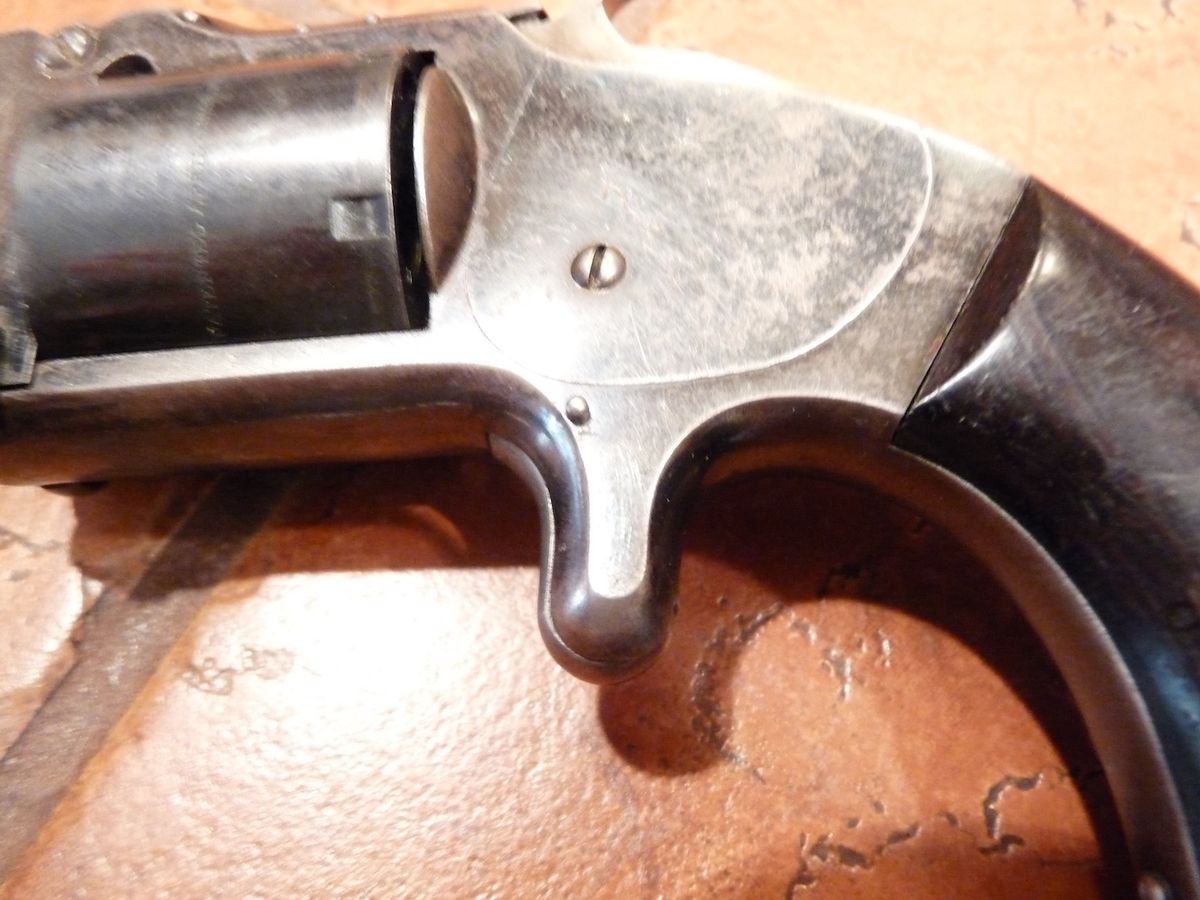

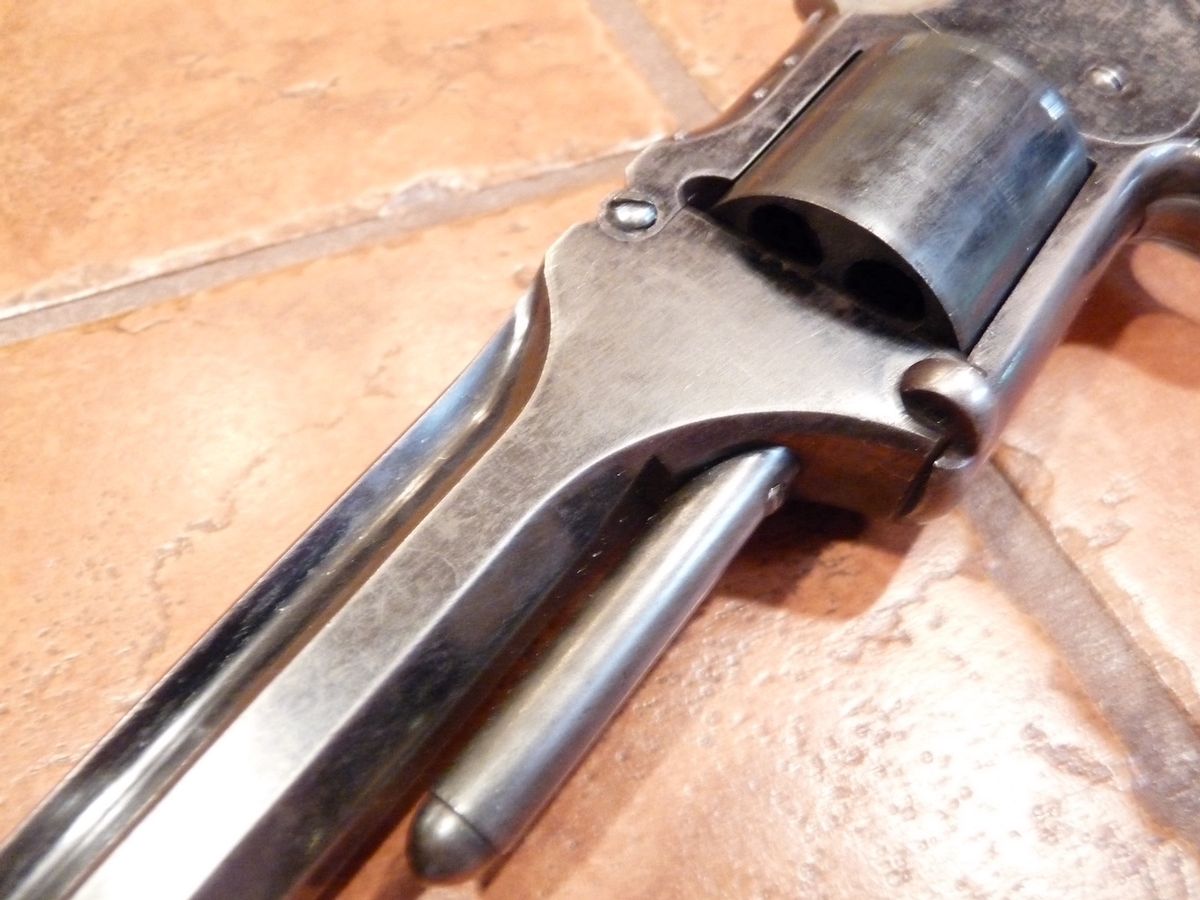
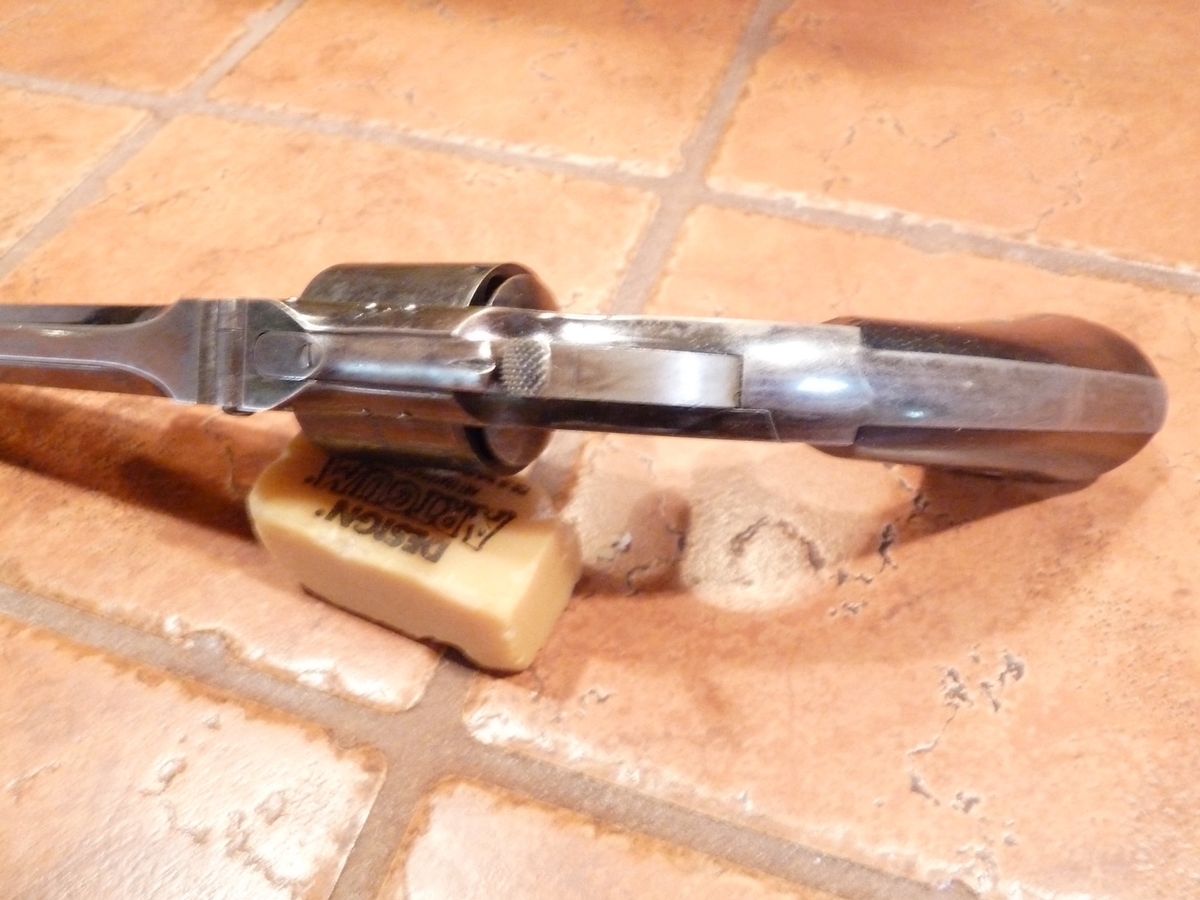
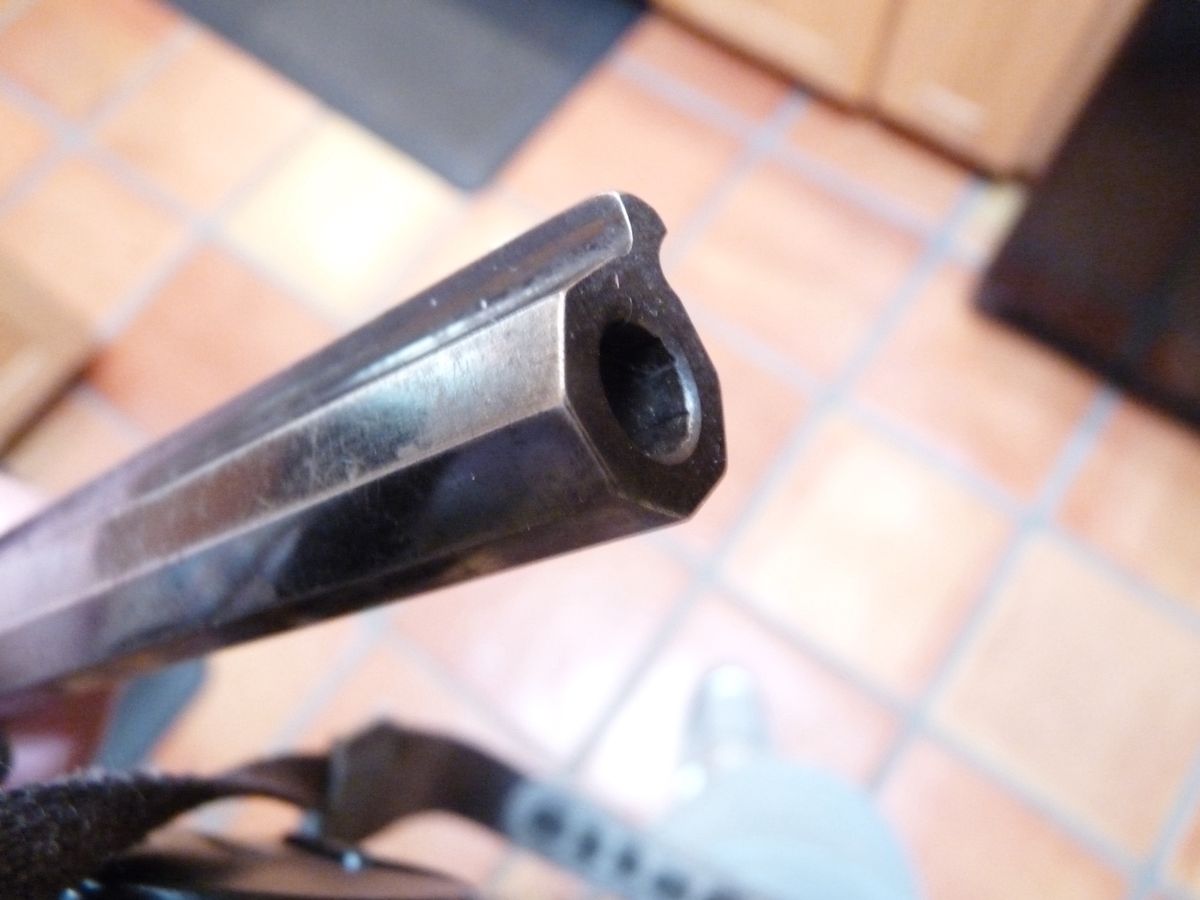
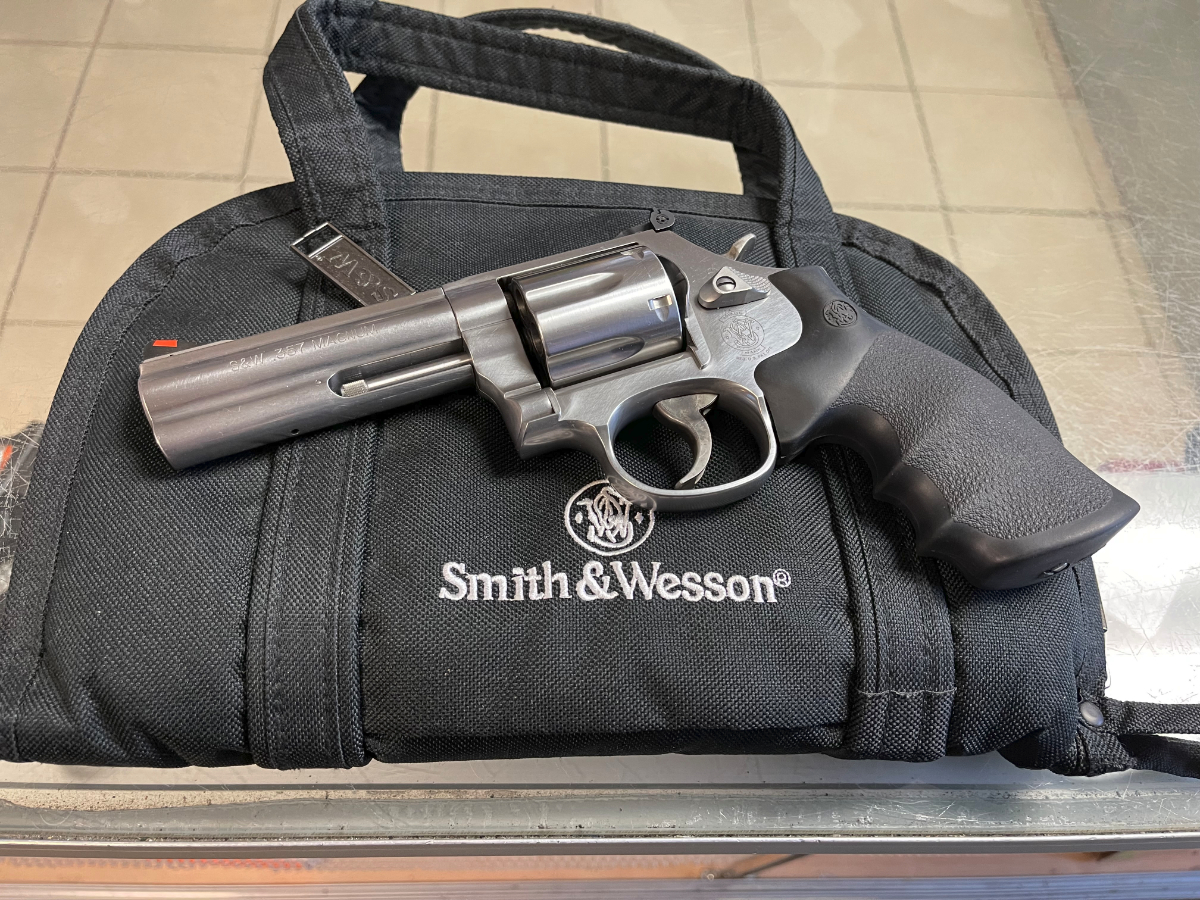
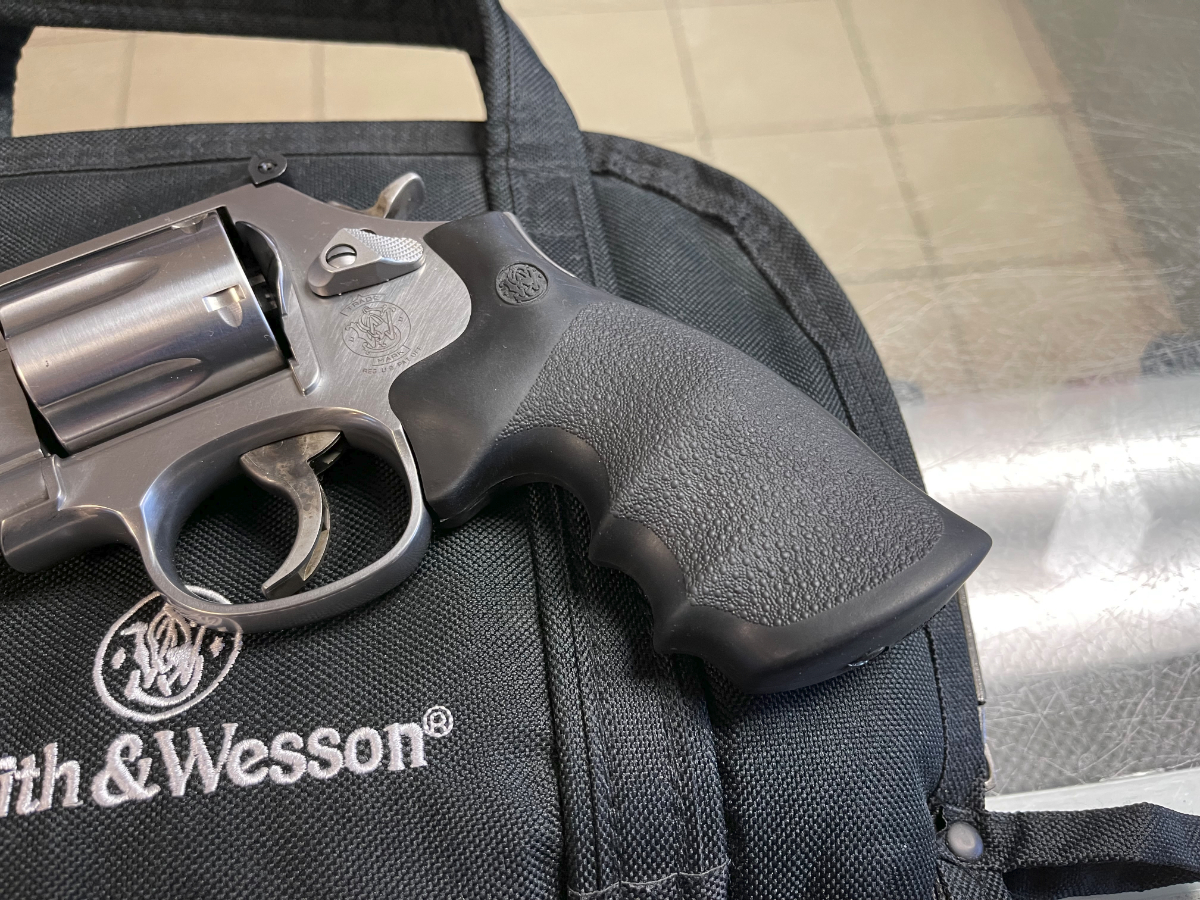
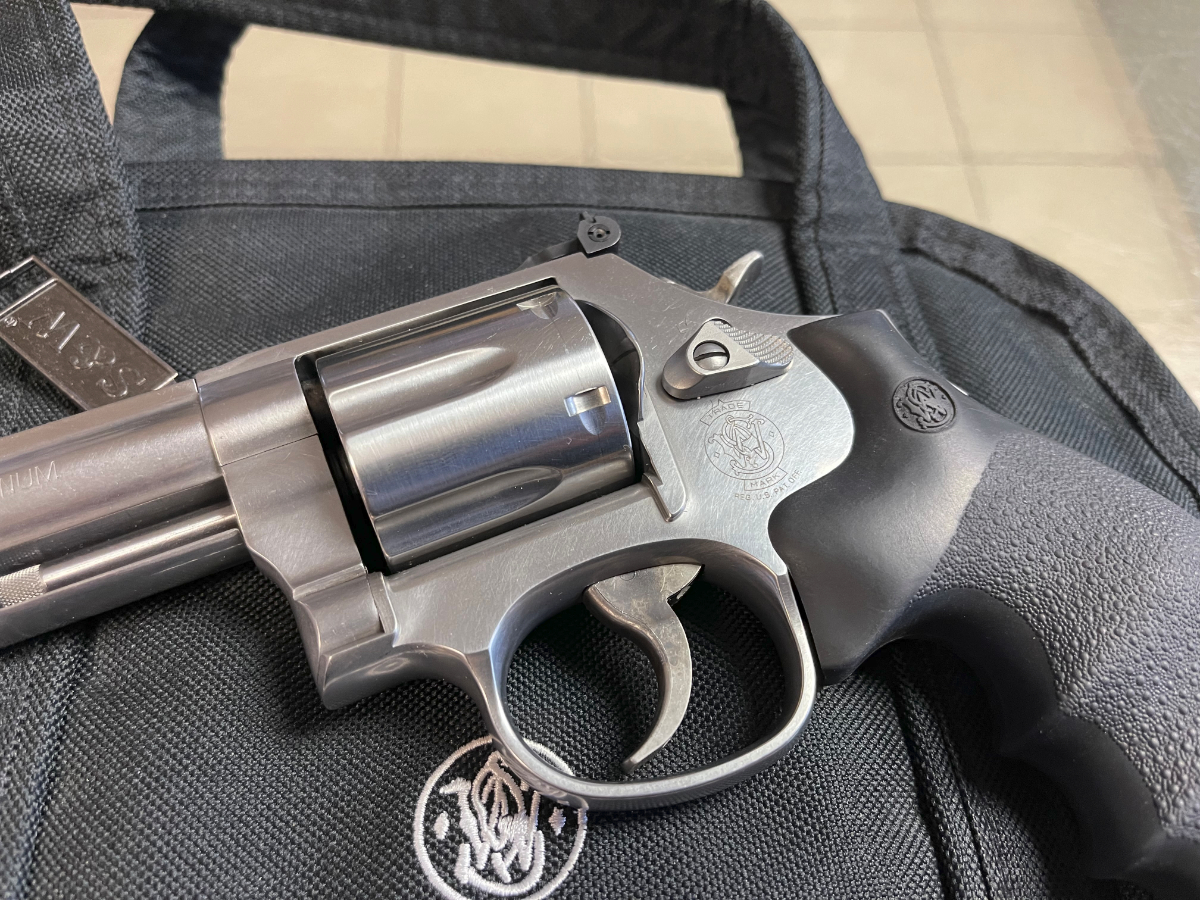
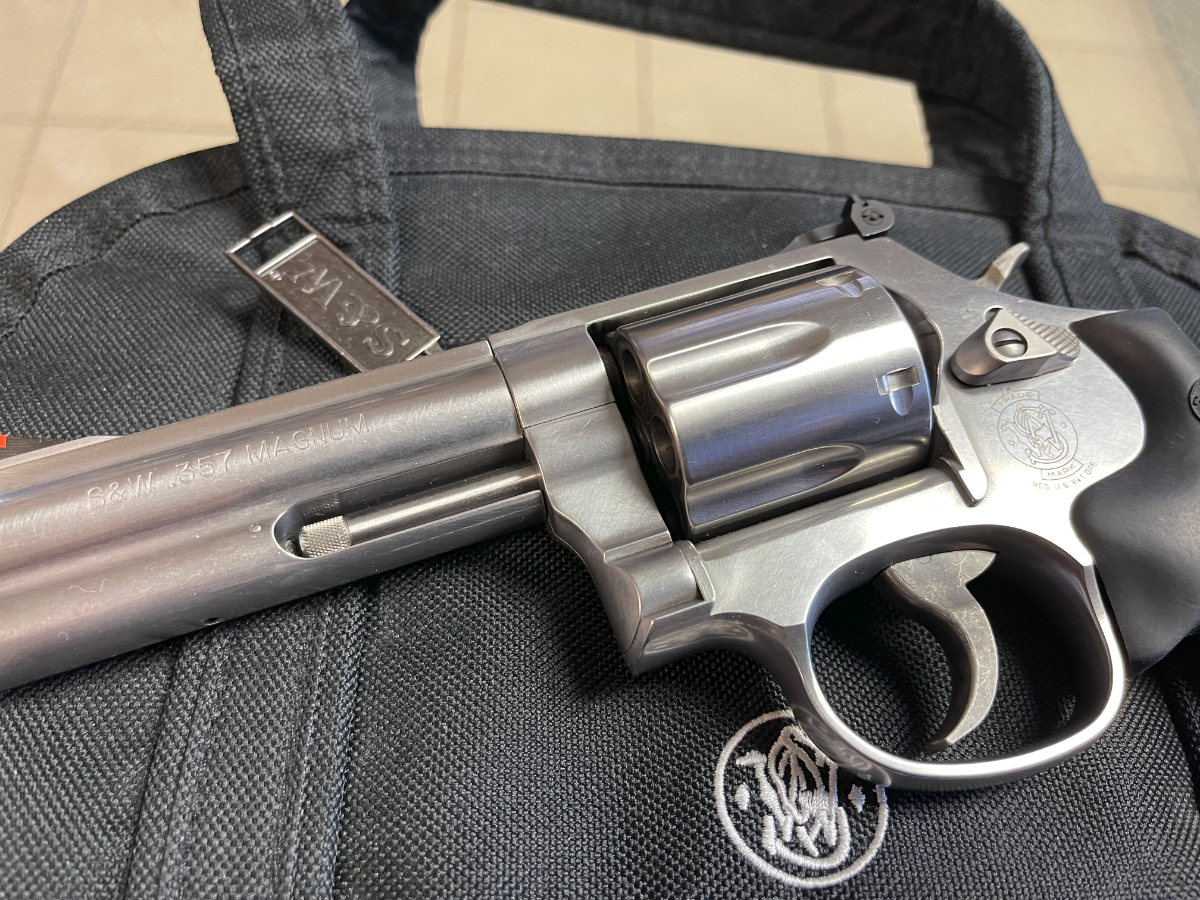
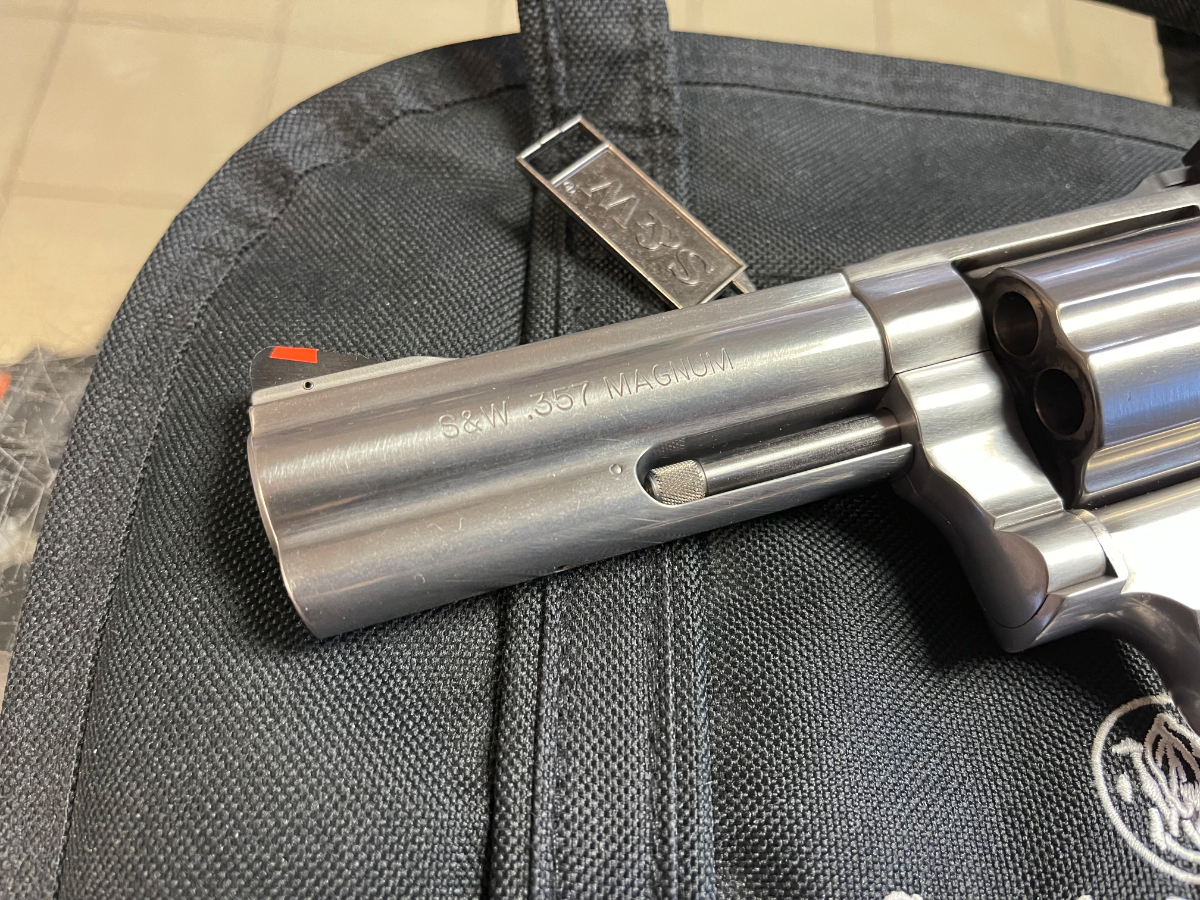
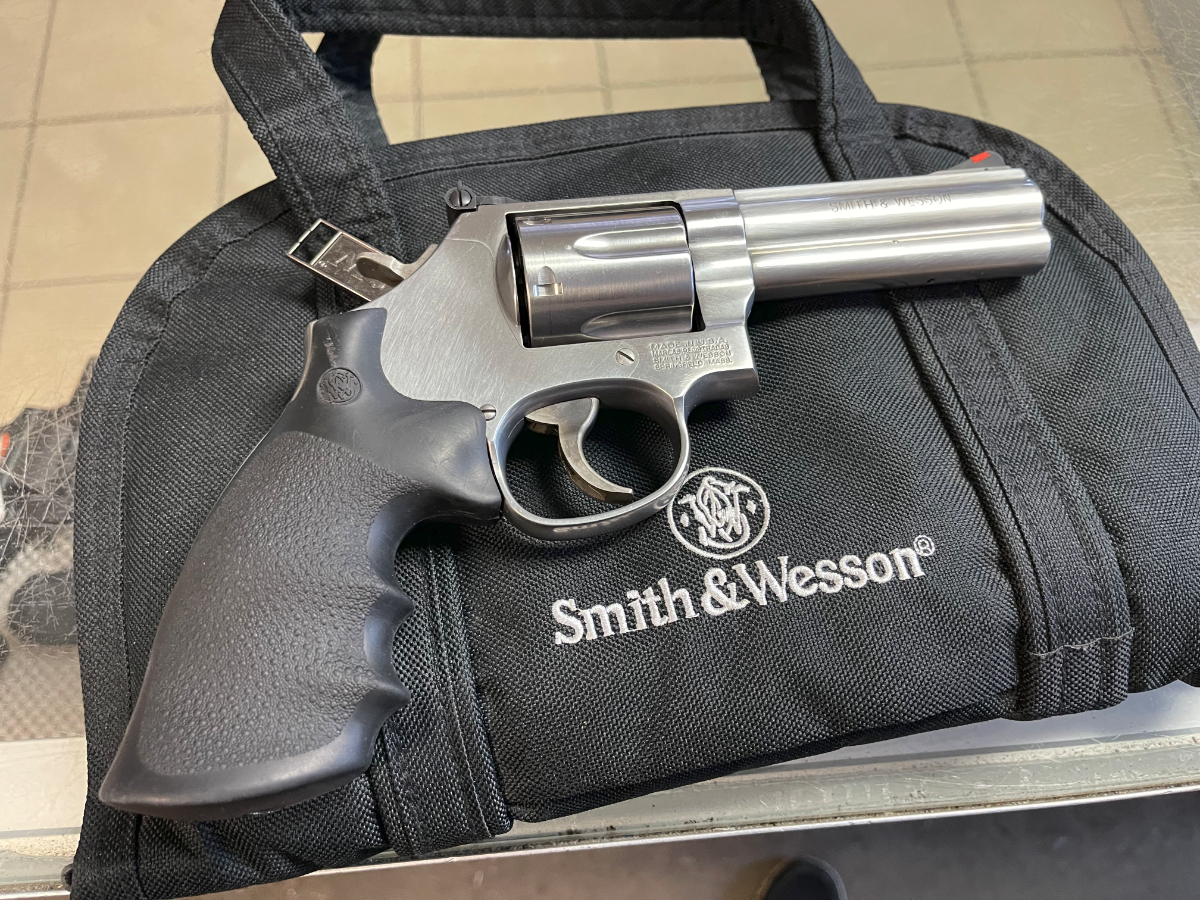
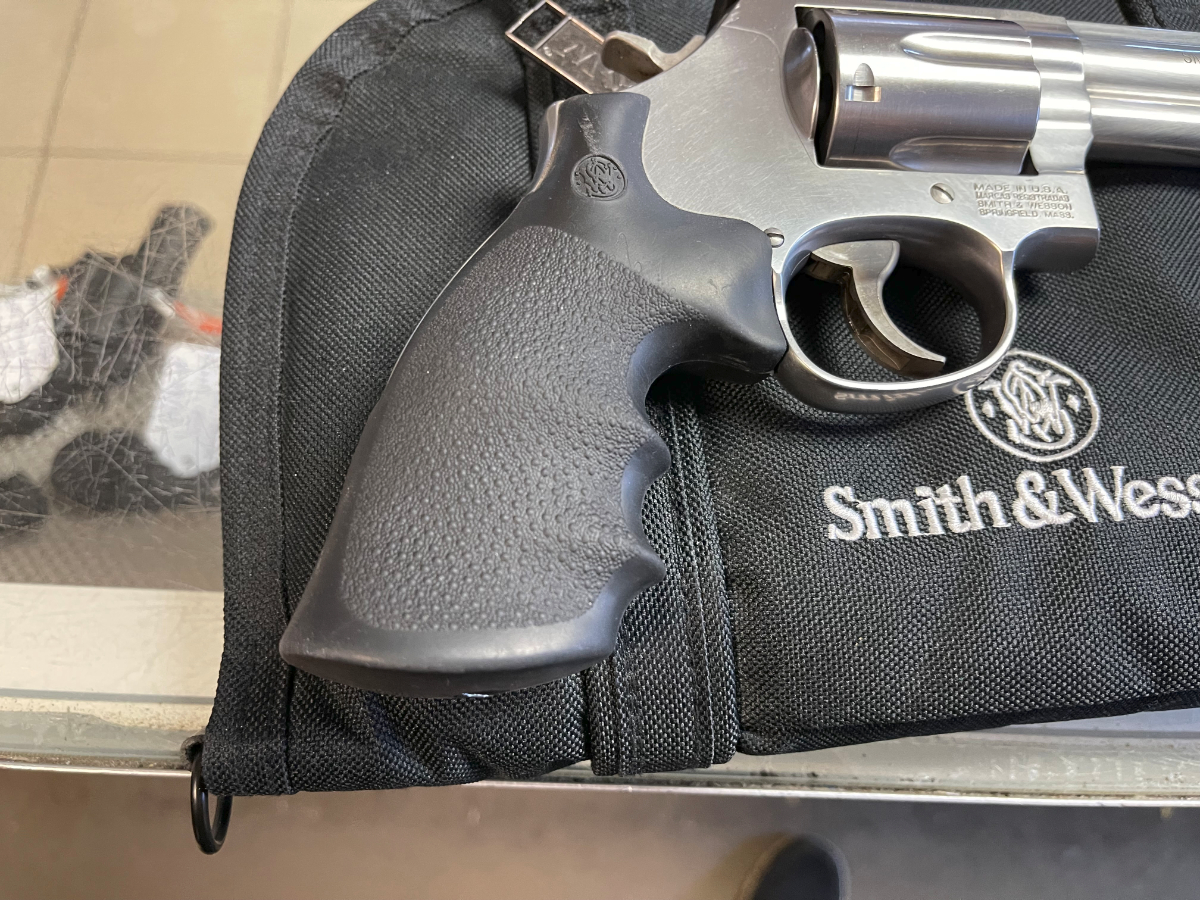
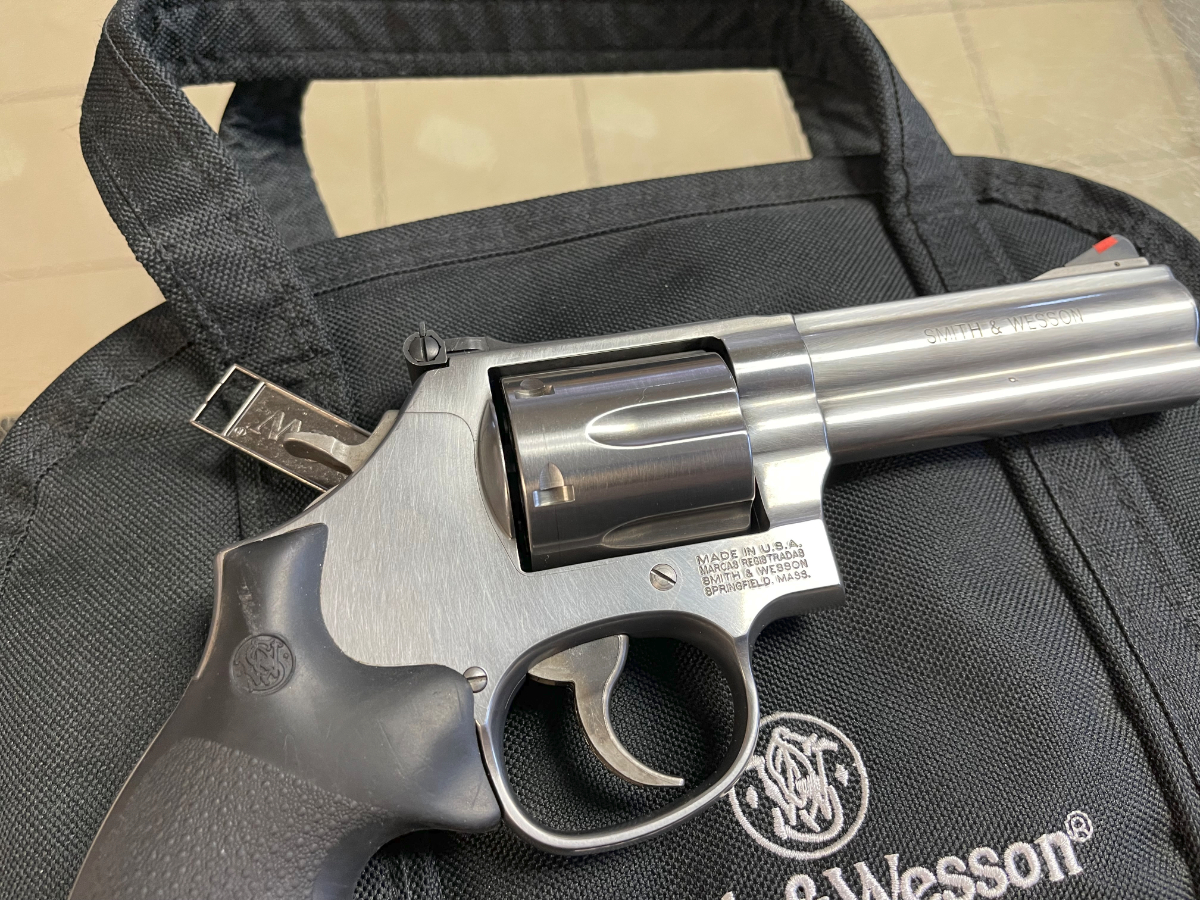
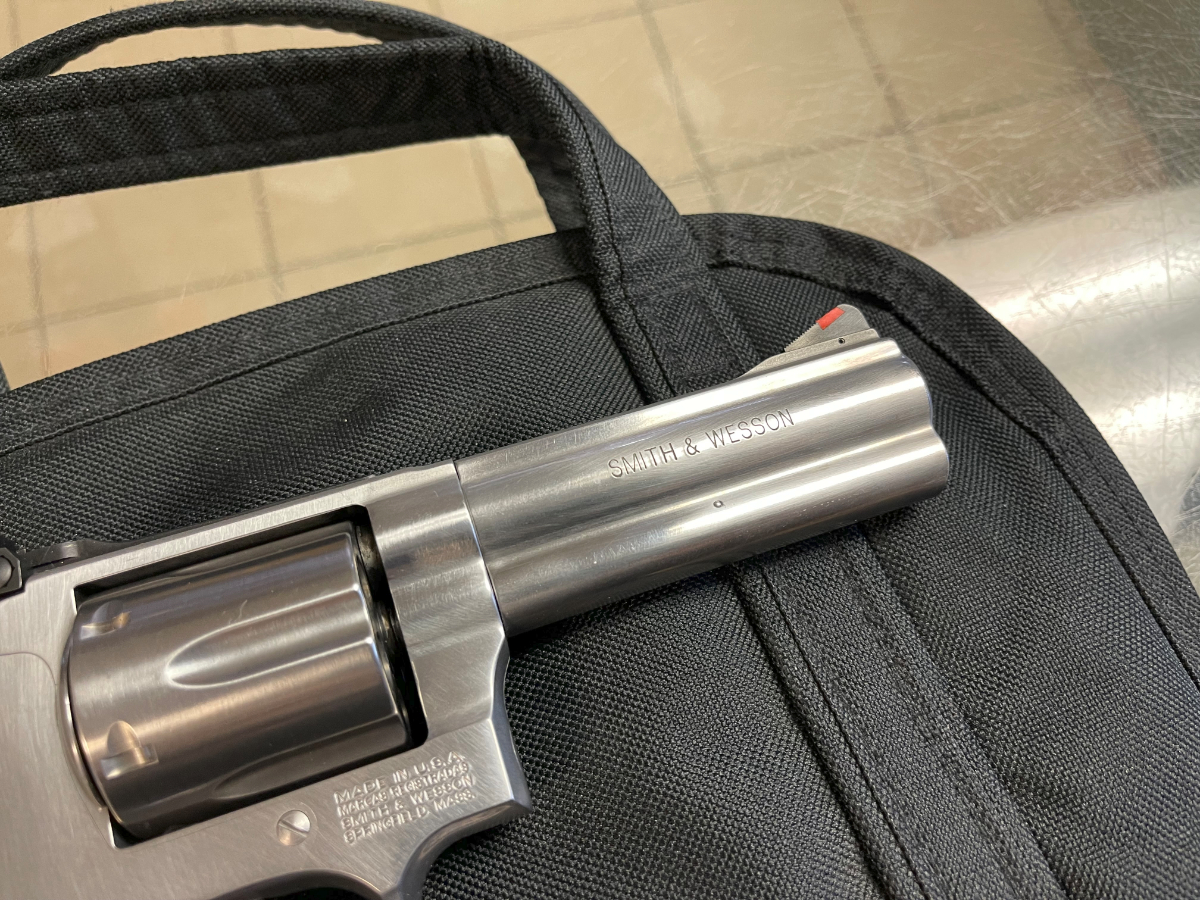
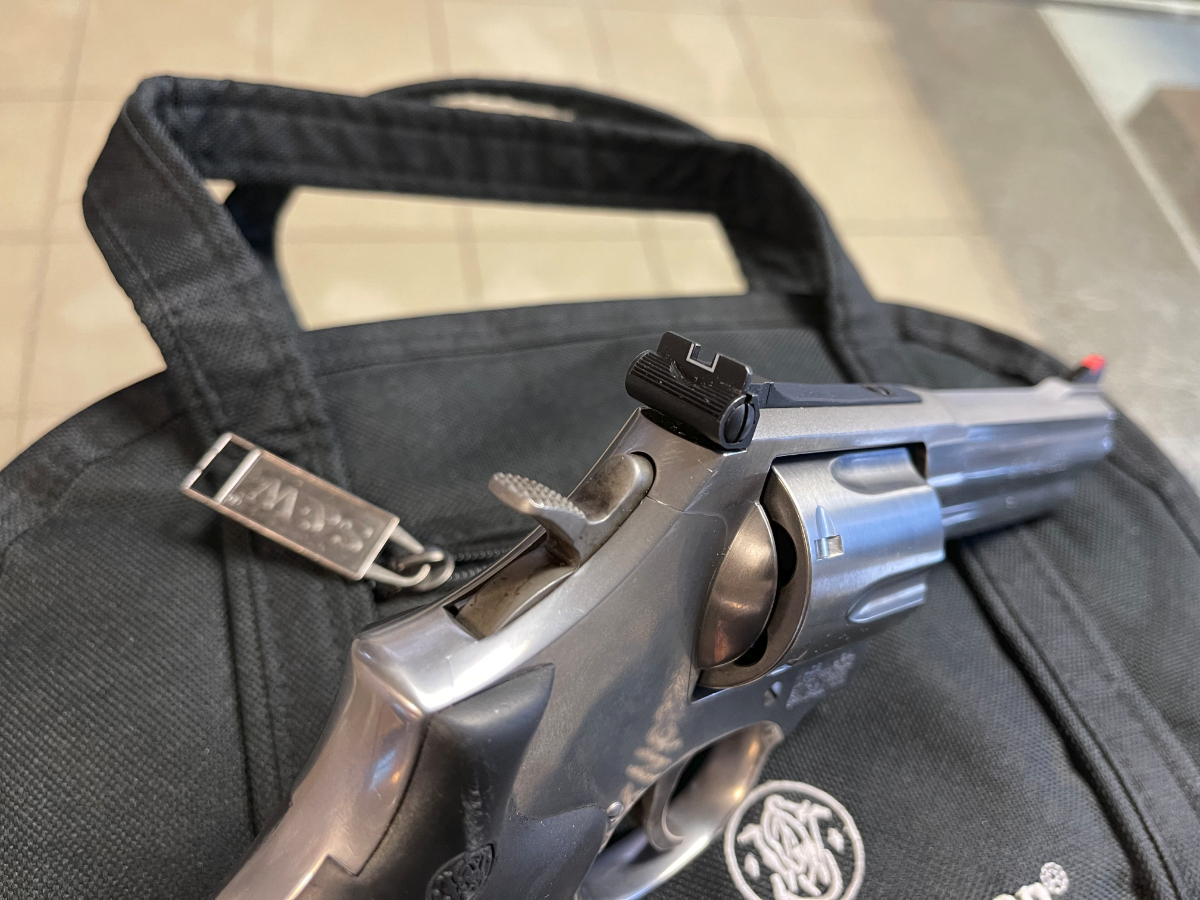
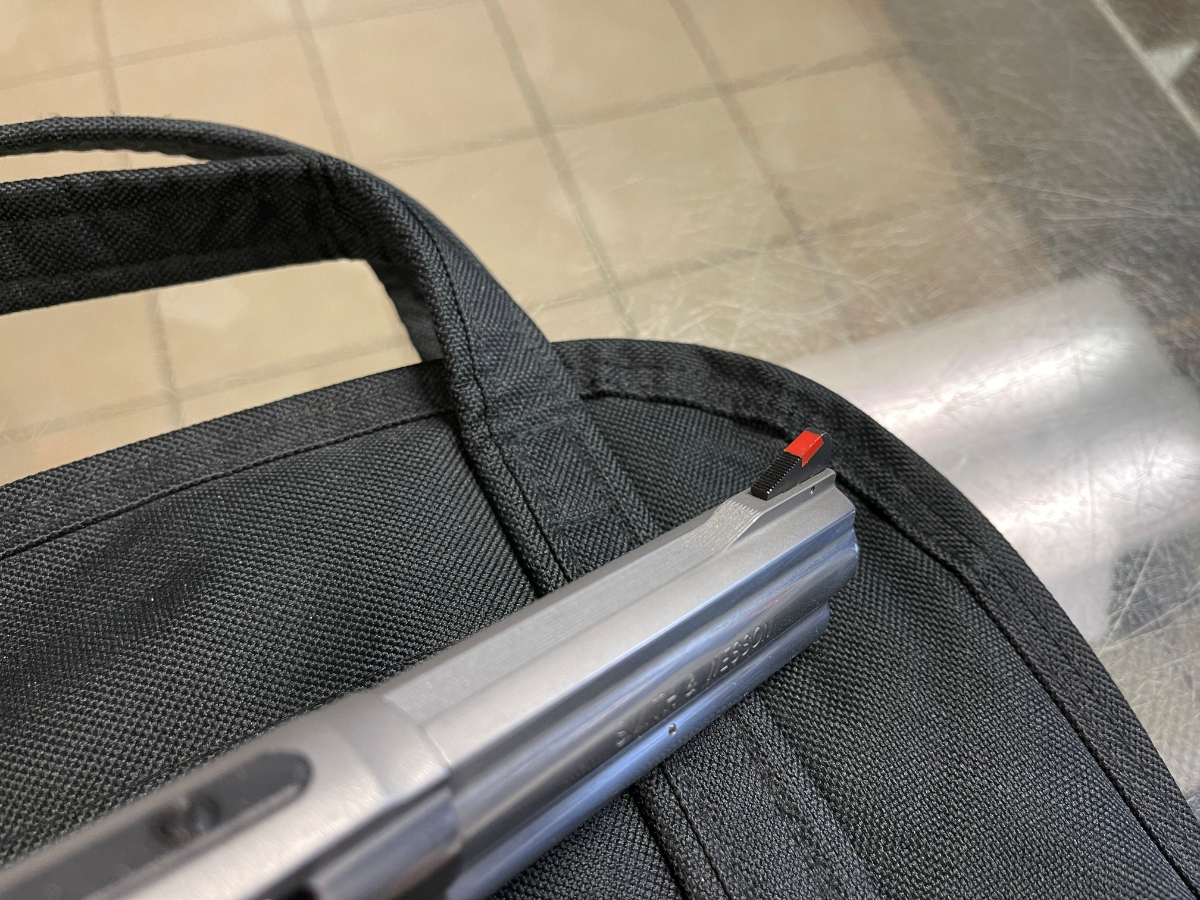
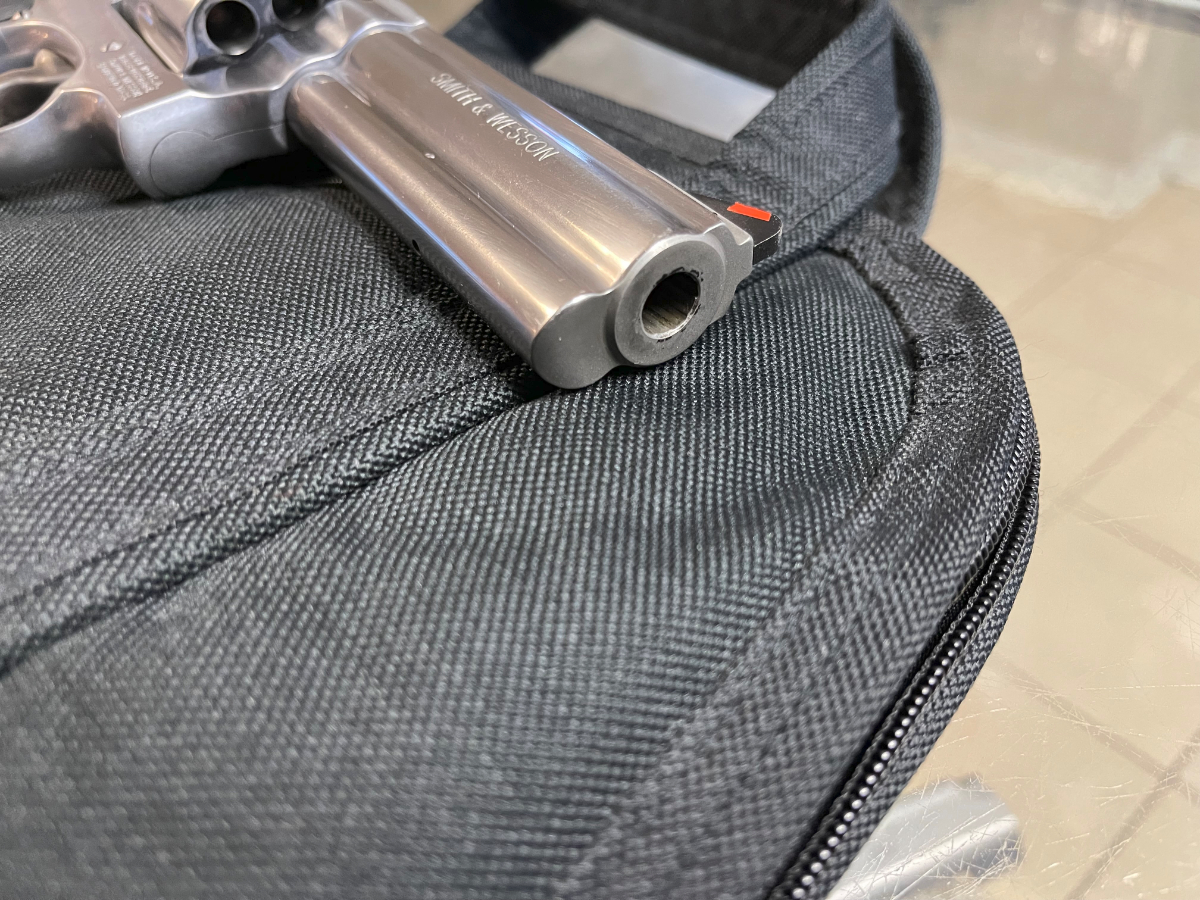
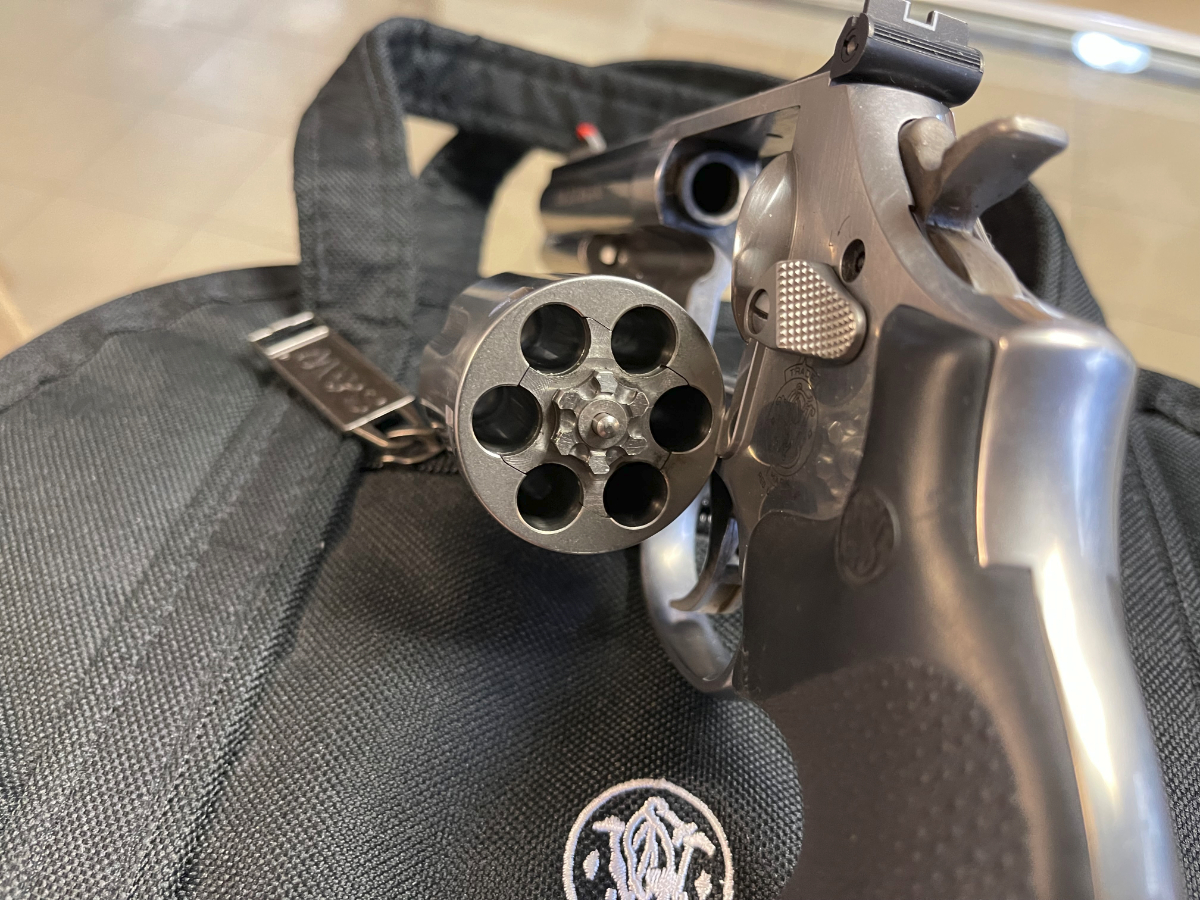
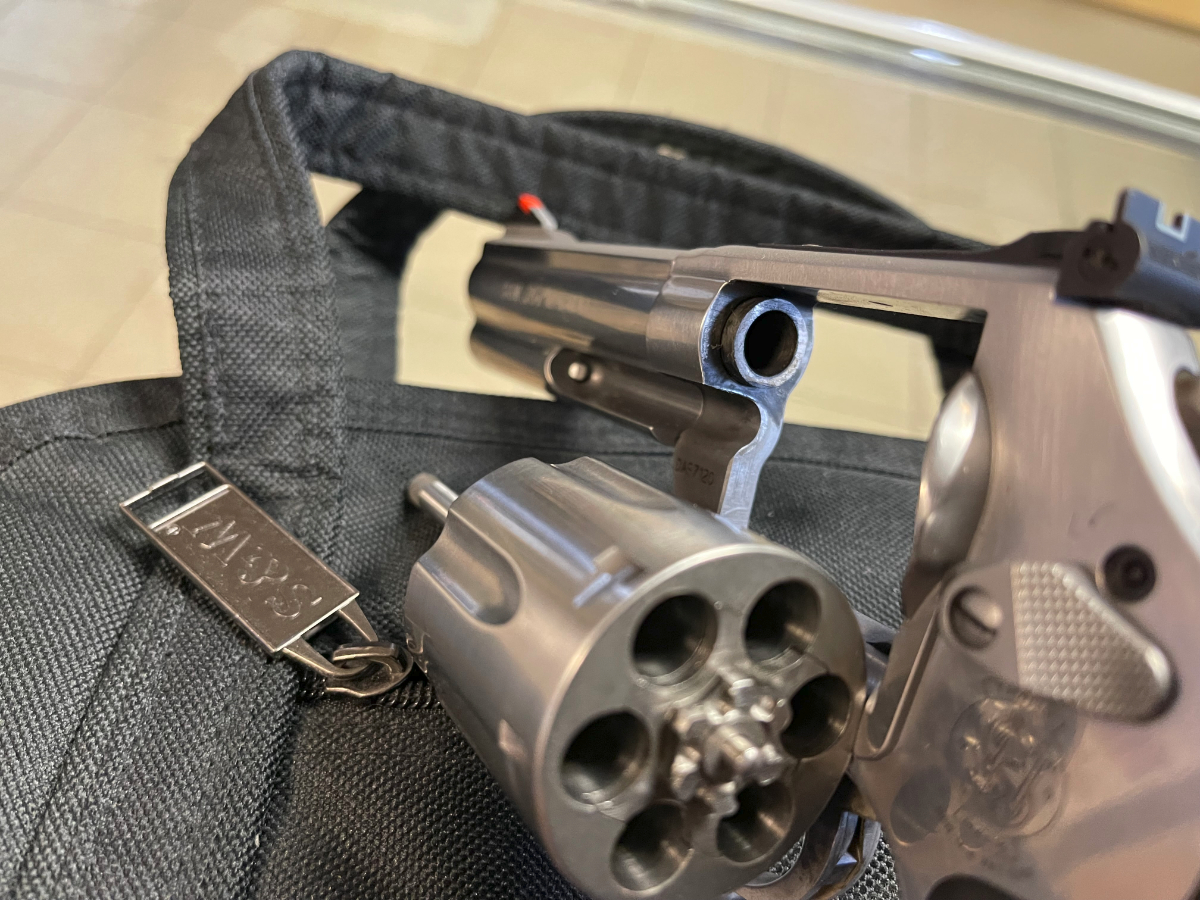
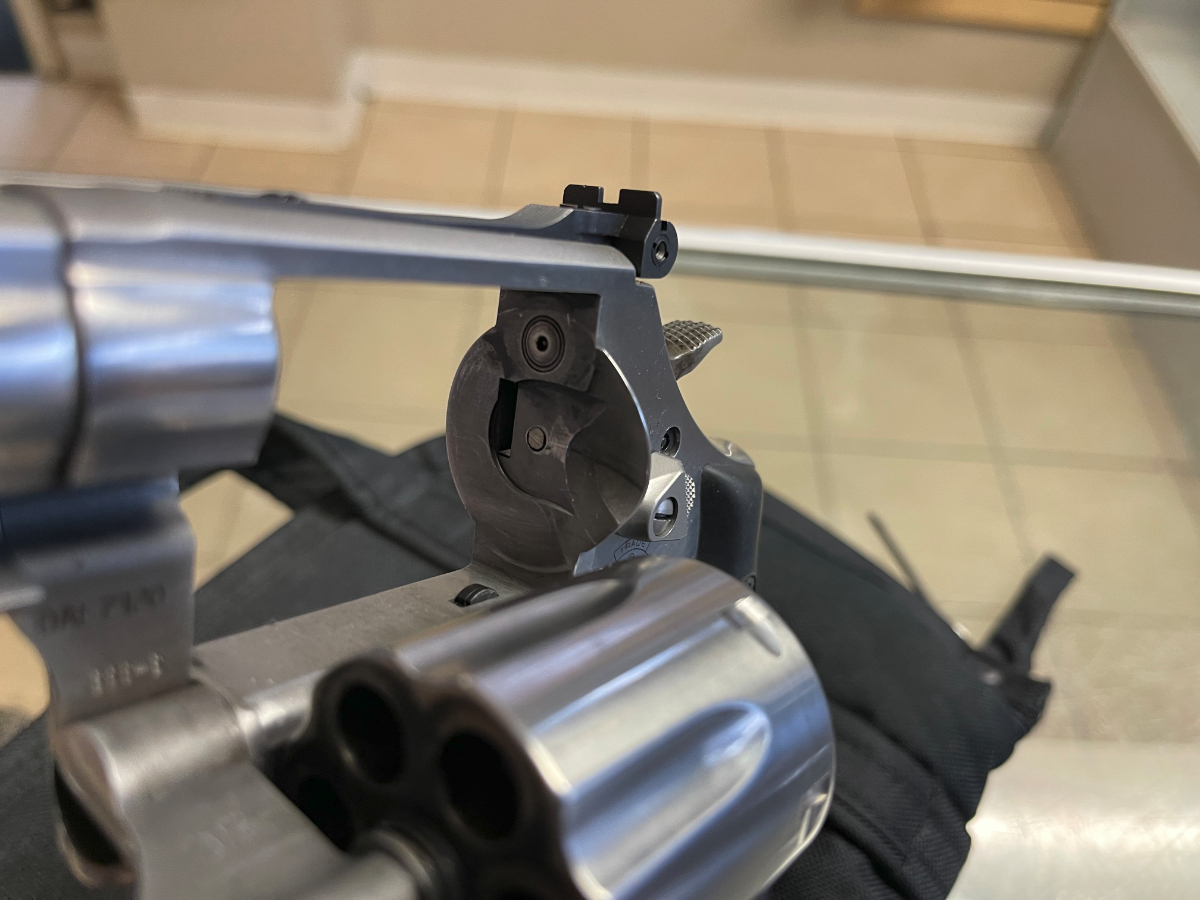
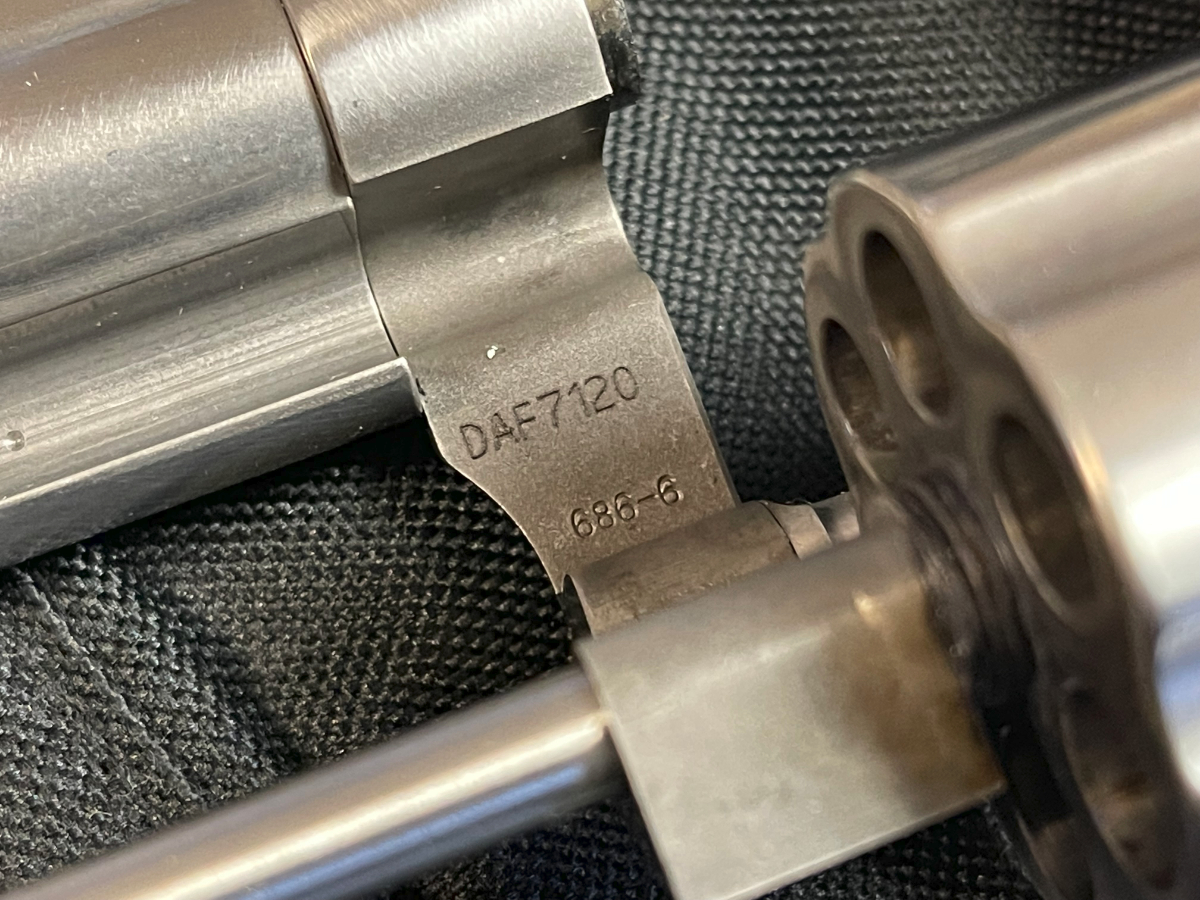
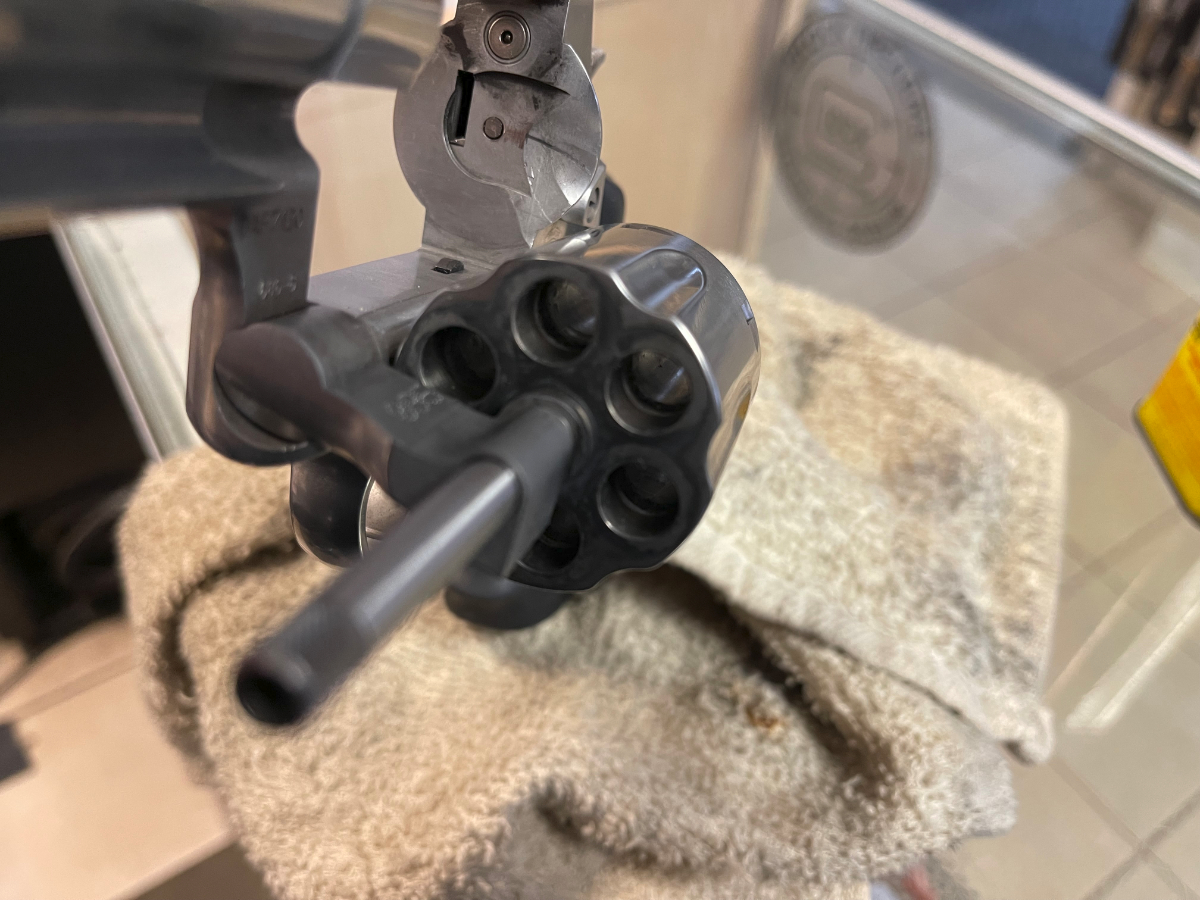
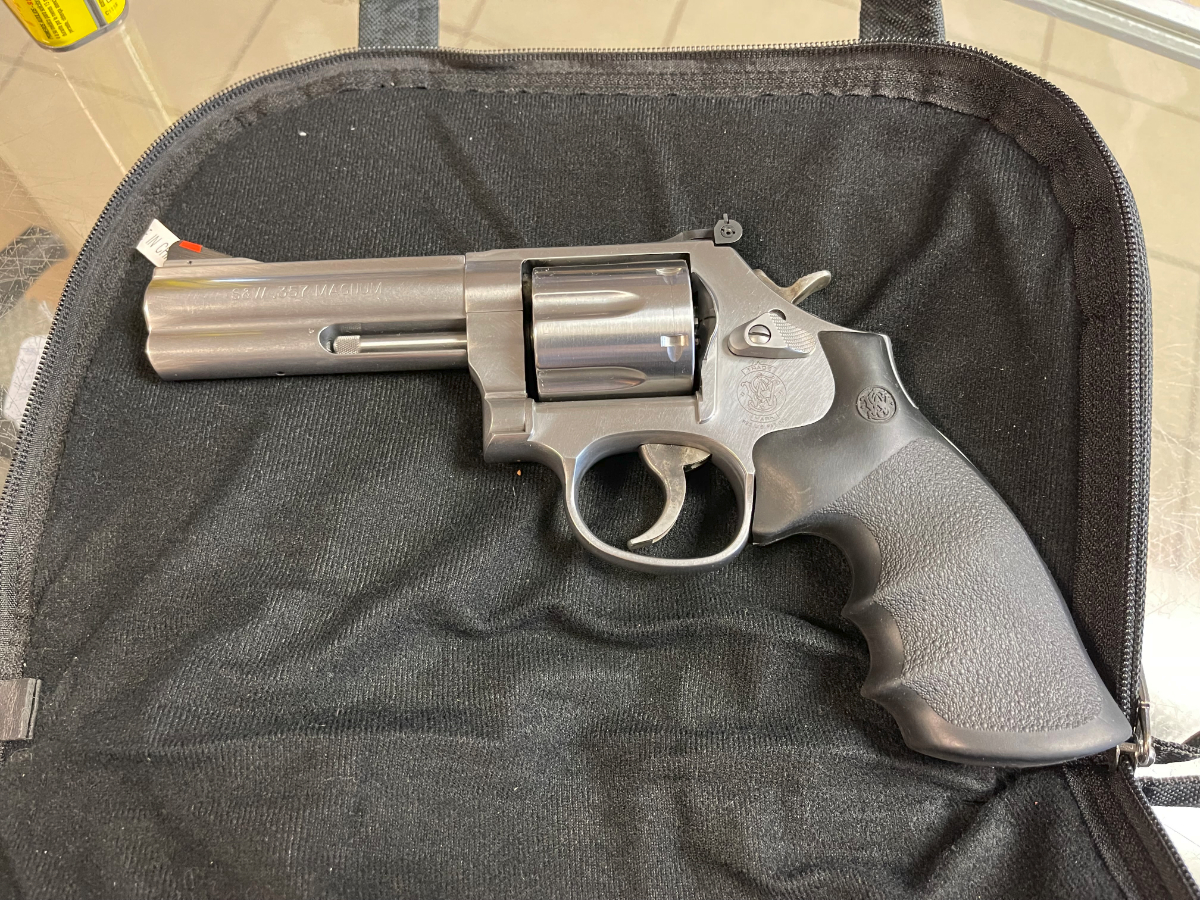
Data reveals most incidents where guns are brought to school don’t result in mass shootings. But as FOX News’ Sean Langille reports, officials say an alarming number of students are still bringing firearms into the classroom.
CHARLESTON, W.Va. (AP) – West Virginia’s governor signed a bill Wednesday allowing people with concealed carry permits to take firearms onto public college and university campuses.
“Proud day for me,” Republican Gov. Jim Justice said as he signed the bill, surrounded by more than two dozen state lawmakers, members of the National Rifle Association, and the West Virginia Citizens Defense League.
The law will take effect in July 2024. Similar legislation has passed in 11 other states.
Justice said guns have been present on state campuses even without the new law.
“For crying out loud, the doors are wide open,” he said. “This is just saying the law-abiding people have a right to be able to carry if they choose to do so. We just hope and pray that there’s never a problem. We can’t ensure in any way that there won’t be a problem.”
He wants the law to “send a message to the world, by God , if you want to mess with us, we can mess back.”
The signing comes two weeks after a gunman shot and killed three students and injured five others at Michigan State University.
At a public hearing last month at the West Virginia Capitol, nearly all of the 40 people who spoke opposed the bill.
The presidents of West Virginia’s largest institutions of higher learning urged lawmakers to reconsider as the bill moved through the Legislature. They said decisions about whether or not to allow guns on campus should be left to the institutions, and voiced concerns about students struggling with mental health challenges.
West Virginia University President Gordon Gee said Wednesday that the university will form a campus safety group prior to the law’s effective date.
“Today we must come together to focus clearly on what is most important to all of us — keeping our students, faculty, staff, visitors and community members safe while on our campuses,” Gee said in a statement. “That has always been, and will remain, our utmost priority.”
The bill bans the open carry of a firearm on a college or university campus and allows institutions of higher learning to implement exceptions. It also prohibits people from taking guns into areas with a capacity of more than 1,000 spectators — stadiums for football games, for example — or to on-campus daycare centers.
The bill allows exceptions in rooms where a student or employee disciplinary proceeding is being held. Guns can be restricted in specifically designated areas where patient care or mental health counseling is being provided.
Schools would be permitted to regulate firearms in residence halls, but not in common areas, including lounges, dining areas and study areas. Colleges and universities will be required to provide a secure location for storage of a pistol or revolver in at least one on-campus residence hall or to make safes available in residence rooms, which could come with a fee.

The victim told police that the two men popped out of an alley as he was walking by and tried to rob him at gunpoint, which is when he reached for his revolver.
According to police, the victim pulled out a revolver and exchanged gunfire with the suspects. He was struck once in the ankle and later transported to Temple University Hospital.
The suspects, two males in black clothing, were last seen fleeing on foot through an alley. Two spent shell casings from the suspects’ firearm or firearms were later found on the scene by investigators.
Police say it’s unknown whether the 71-year-old struck either assailant, but even he missed ‘ clear that they had no interest in sticking around to continue their attempted robbery.
You think Philadelphia Mayor Jim Kenney will have anything to say about this armed citizen being able to defend himself? Yeah, me neither, despite the fact that the mayor regularly bemoans the state’s gun laws; recently claiming, for instance, that it’s easier to buy a gun than booze in the City of Brotherly Love.
Philadelphia Mayor Jim Kenney said that as he sought to buy Prosecco from a suburban Wegmans this weekend, he watched an elderly man jump through hoops to buy eight bottles of wine — restrictions the mayor said the state legislature has been unwilling to place on the sale of firearms.
“If we control guns like we control the sale of liquor and wine, we’d be in much better shape than we are now,” Kenney said. “It’s ridiculous. It’s ridiculous.”
The anecdote described by Kenney was among the most colorful ways the Democratic mayor has found to slam the state legislature and the federal government for what he has repeatedly said is a failure to limit access to guns.
Most criminals don’t get their guns at retail. A 2016 survey of prison inmates conducted by the federal Bureau of Justice statistics found that just 10% of those who used a gun in the commission of their crime acquired it from a firearms retailer, with less than 1% coming from purchases at gun shows. The top source for firearms among the inmates surveyed was the underground market; responsible for almost half (43.4%) of all acquisitions.
Gun control laws aimed at guys like the 71-year-old armed citizen aren’t going to have any impact on the armed robbers who picked him as their intended victim. If Kenney and other city officials were serious about fighting crime, they’d be implementing strategies like targeted deterrence and working to improve the abysmally low clearance rates for both fatal and non-fatal shootings. In 2020 just 36.7% of homicides resulted in an arrest, and only 18.9% of non-fatal shootings ended up with one or more suspects arrested and charged.
Philadelphia’s violent criminals are literally getting away with murder more than half the time, and there’s only a 1-in-5 chance that they’ll be arrested if their victim survives being shot. It’s no wonder that there’s a growing number of Philadelphians like this 71-year-old man who are choosing to bear arms for their own safety. Philly can be a dangerous place, and with politicians like Kenney intent on infringing the rights of residents in the name of public safety instead of addressing the real issues, that’s sadly not going to be changing for the better anytime soon.

stories about weapons. And it so happened that the Austrian officer, Baron Adolf Odkolek von Augezd (1854–1917) became interested in the design of weapons and in 1889 received his first privilege for a machine gun with an automatic drive from powder gases acting through a hole in the barrel on a piston connected to the bolt.
In addition, unlike the Maxim machine gun, which was gaining popularity at the same time, it had air rather than water cooling of the barrel. As a result, Odkolek received several patents for his developments, tried to create a workable model of his machine gun on their basis in Russia, but … for some reason, nothing came of it, and it all ended with the fact that he decided to offer his developments to the Hotchkiss company .
Hotchkiss himself had already died by this time, but the engineers Vincent Benet and Albert Merce, who worked at his enterprise, appreciated the work of the baron, bought all the patents he registered from him and already in 1895 created a working model of the machine gun of the Odkolek system, which they themselves improved in 1897.
In the meantime, smelling the smell of big money, other French gunsmiths were drawn to the creation of their own national machine gun. And while Benet and Merce were step by step bringing their machine gun to mind, the National Arsenal in Puteaux in 1905 released its own version of the Odkolek and Hotchkiss machine gun. To circumvent the patents they had in their hands, the engineers of the arsenal came up with a machine gun with a muzzle retractable forward, which, when fired, was pushed by the powder gases coming out of the barrel.
The muzzle was connected to the bolt with a long rod through a gear wheel and, when it went forward, the bolt moved back accordingly, and a spring returned it to its place. It was possible to get a rate of fire of 500 rounds per minute, however, despite this, the machine gun turned out to be complex, heavy and capricious and, although it was fired, immediately hit the colonial troops.
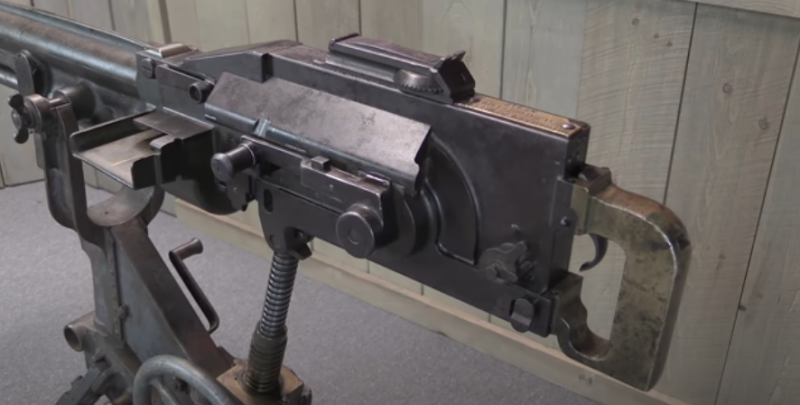
In another attempt to improve existing machine guns, the officers of the Saint-Etienne Arsenal in France created the so-called “Saint-Etienne” model of 1907. This weapon was a compromise between the Puteaux 1905 and the Hotchkiss 1900. But the most interesting thing about its design is that its creators decided to bypass the patent of Odkolek (and Hotchkiss) and changed the direction of the gas mechanism of this machine gun.
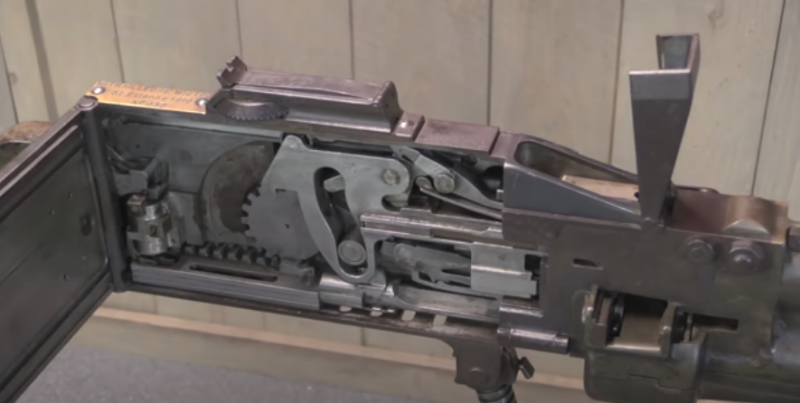
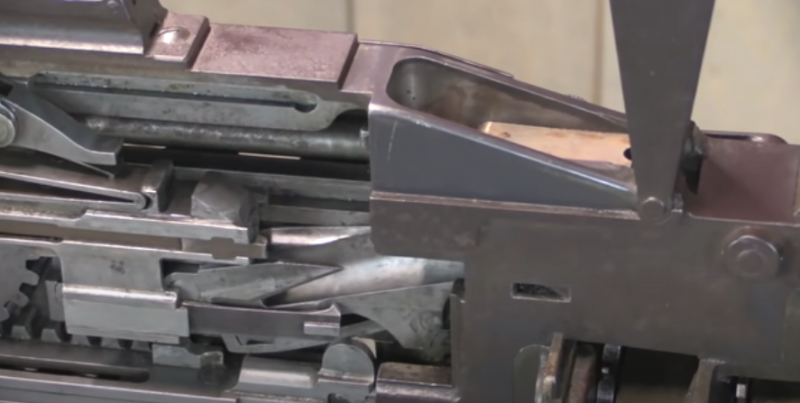
Instead of pushing the piston back to provide a source of energy to operate it, the gas exiting the bore pushes the piston forward. The piston is attached by a spring-loaded rod to the gear rack. The rack moves forward and drives a massive gear wheel connected to the bolt by means of a crank mechanism. Accordingly, there was a figured groove in the shutter, which included the roller of this crank.
When fired, the gases push the piston forward, compressing the spring and causing the spur gear to rotate clockwise. The roller on the gear rotates with it half a turn, pulling the bolt back. Then the spring, put on the piston, pushes it forward and returns the shutter to the forward position.
Under the bolt is a feeder tray, similar to a similar part in the Winchester rifle. It is hit by cartridges from a metal cassette at the moment when it is located strictly horizontally. When the bolt moves back, it moves with it, while its front part rises to the level of the bore hole. When the bolt moves forward, it sends a cartridge into the chamber, and the feeder tray lowers again to receive the next cartridge from the cassette. The shot was fired from an open shutter. The shutter itself only pressed the rim of the cartridge case against the chamber. The locking of the trunk was not carried out.
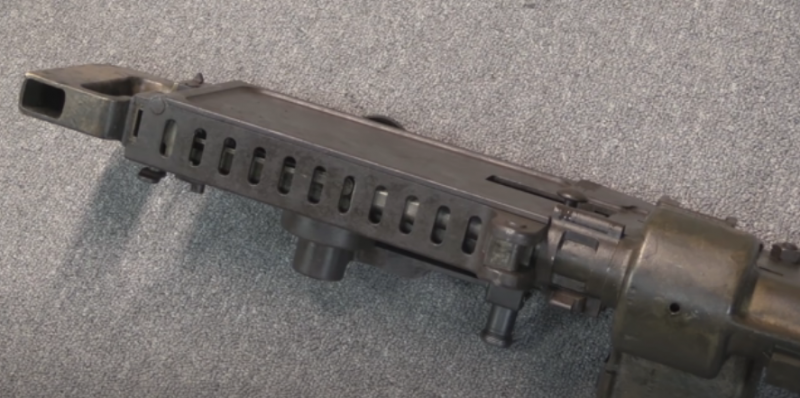
The machine gun is easy to distinguish by the heavy and massive brass casting of the receiver. The drive spring, located under the barrel and behind the gas piston, is also clearly visible and not covered by anything, in order to eliminate, if possible, the thermal effect from close proximity to the heated barrel casing.
Despite the rather lengthy description, the design of the Saint-Etienne machine gun itself came out not much more complicated than that of the Maxim. Moreover, the designers did everything possible to make it convenient to work with their machine gun. So, it was more convenient to operate with a trigger than with a trigger with two handles. The cocking lever on the left was similar to the handle of a meat grinder, and it worked the same way, moving 180 degrees in a horizontal plane. Access to the mechanisms in the machine gun box was the simplest – an ordinary hinged door.
A device was provided that allows you to change the rate of fire from eight to 600 rounds per minute. This was considered a useful feature in colonial wars when ammunition was in short supply and ambient temperatures were too high. The tripod, equipped with a bicycle seat for the shooter, was also convenient. It would seem that everything was thought out. Massive parts, however, added weight to the machine gun, so that, despite the lack of water cooling, it still weighed more than the same English Vickers, but there was simply nothing to break in it. But still…
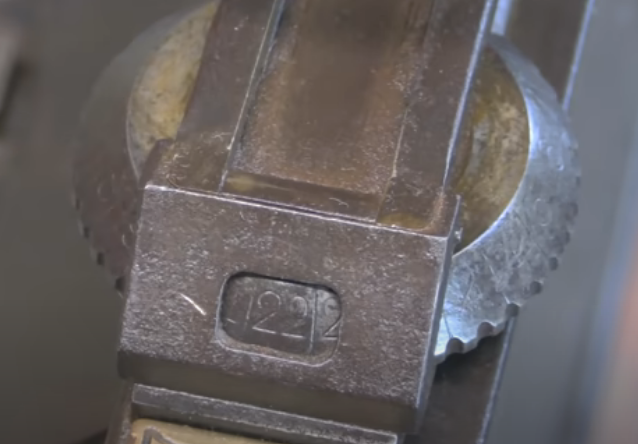
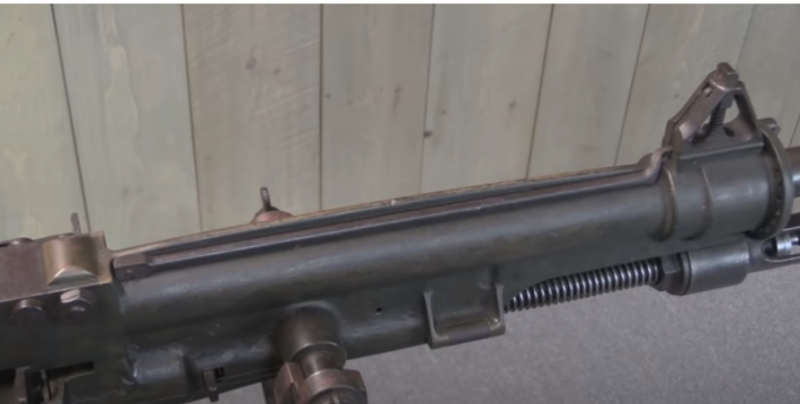
Very soon after the start of operation, “Saint-Etienne” gained a reputation for being unreliable. Without water cooling, like the Maxim, or a massive brass radiator, like the Hotchkiss, it overheated. The overly complicated rack and pinion piston had many parts and had to be kept clean to avoid delays. The spring, openly located under the barrel and subject to all misfortunes, turned out to be short-lived.
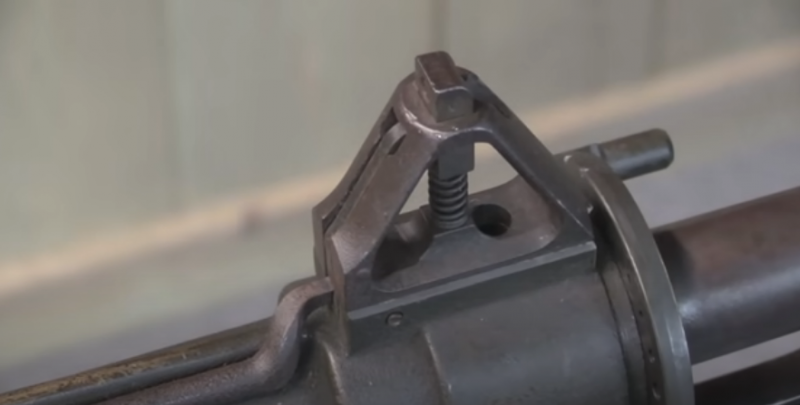
In general, the French soldiers who encountered this machine gun in the trenches of the First World War did not like the Saint-Etienne. Perhaps he seemed to them, yesterday’s peasants, too complicated, requiring super-careful care.
As a result, the machine gun was modernized in 1916. He received the possibility of ammunition from a metal tape for 300 rounds and new sights with an automatic front sight height adjuster. Prior to this, heating the barrel casing, on which the front sight was located, could change the point of impact of the bullet, which is also a serious drawback of the machine gun. But, despite all the improvements, the Saint-Etienne machine gun in the troops still replaced the Hotchkiss M1914 machine gun.
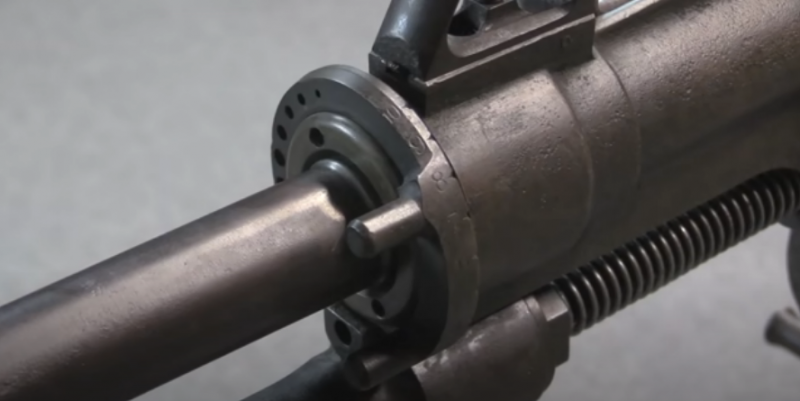
Manufacturer: Manufacture d’Armes de Saint-Etienne (MAS)
Principle of operation: removal of powder gases, crank locking
Overall length: 118,1 cm
Barrel length: 71 cm
Caliber: 8x50mm R Lebel (0,33″)
Cassette capacity: 25 rounds
Calculation: 5 man
Date of entry into service 1907
Effective firing range: 1 m
Maximum range: 2 m
Initial speed: 724 m / s
Rate of fire: 60–650 rds/min.
Machine gun body weight: 25,73 kg
Weight with machine: 58,43 kg.
By the beginning of 1917, 39 machine guns of this type had been manufactured.
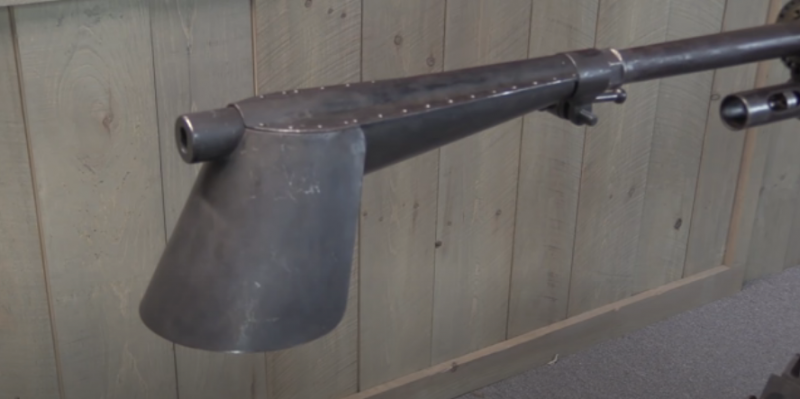
In July 1917, these machine guns were gradually withdrawn from the first line units and transferred to the rear units, colonial troops, as well as the Italian army, the Greeks, and another part was sent to Russia as military assistance to Admiral Kolchak.
In general, it’s amazing, of course. The design thought out to the smallest detail, including those that make life easier for the calculation, the machine gun parts are durable, and they did not spare brass on it, that is, there was nothing special to rust there, but for some reason a good machine gun from Saint-Etienne did not work out …

 What I would call a fun gun to shoot at the range but thats about it Grumpy
What I would call a fun gun to shoot at the range but thats about it Grumpy
—————————————————————————————-Do Not carry these weapons,
If you carry it, you may load it….
And if you load it, you may fire it…
And if you fire it, you may hit someone and make them extremely angry,
Such that they’ll do you great bodily harm…
Col. Jeff Cooper circa 1951-52